End Attached Garages Now — A Manifesto
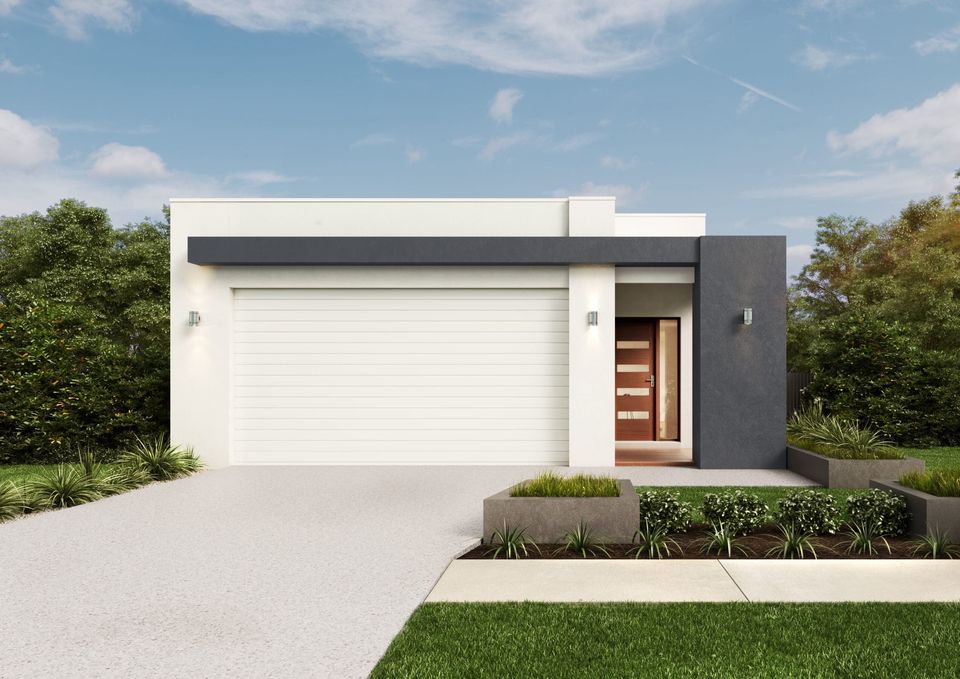
"Is the garage attached to the house—or is the house attached to the garage?"
—Zen koan
Attached garages do more damage to the beauty of our everyday environment than any other aesthetic blunder. They're also a waste of resources, shrinking the living area of budget homes. They've been a fixture for decades, so people assume they're acceptable, or at least necessary. In fact, they're neither. We've just grown accustomed to ignoring their harms and exaggerating their benefits because they're so ubiquitous, and because it's psychologically easier to accept what you can't eliminate.
In this brief article I'll show you why attached garages are much worse than you believe, and then explain how their practical functions can be fulfilled more efficiently and attractively through other means. To be clear, I'm not attacking garages as such, but only attached garages.
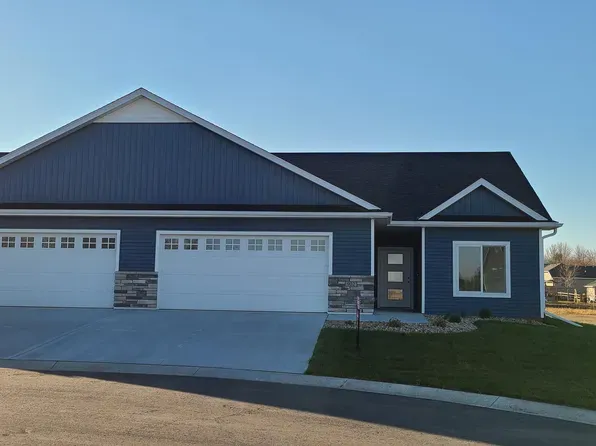
The humble attached garage might strike you as a silly thing to call out for criticism. I'll hardly be displeased if you laugh through this brief article—the popularity of such an ugly architectural feature is laughable in itself. But art critics will go on for pages about a stray brushstroke in a painting you'll only spend a few minutes looking at. By contrast, you'll see the built environment around you every day for the rest of your life. Addressing the low-hanging fruit of bad residential architecture is actually the most efficient way to improve the amount of beauty we see in our lives—and at zero, or even negative cost. So, humorous or not, it's entirely sensible to make a fuss about this heretofore neglected insult to our eyes. It's entirely sensible to call for an immediate end to attached garages.
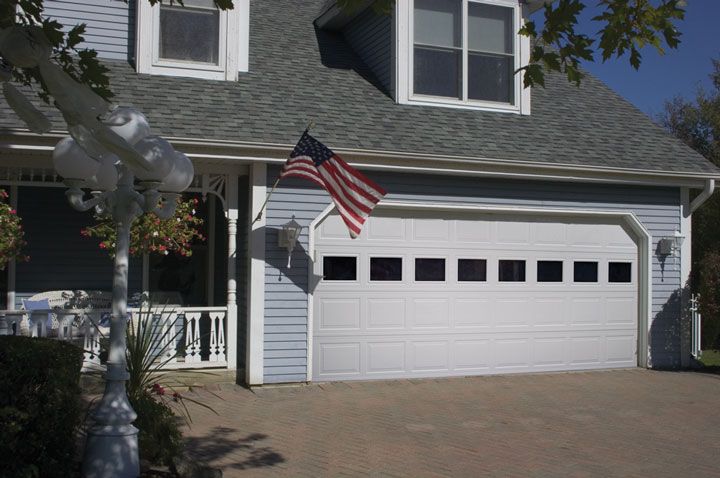
I. Attached garages are always ugly.
It's very rare to be able to use the word “always” when discussing aesthetics. Virtually every dissonance can be good in the right context. You'd think a blackened tooth would always be ugly, but long ago upper-class Japanese women decided to paint all their teeth black to match the decaying ones, thereby turning something obviously bad into a weird point of aesthetic interest.

But attached garages are an exception to the rule that there are always exceptions to the rule. They're always ugly. In no case are they ever not ugly. To be more precise, every house looks worse with an attached garage than it would if that garage were entirely omitted.
Even garage defenders rarely object to this point, but I'll go over the evidence anyway. Let's begin by looking at a typical 20thcentury American attached garage on an inexpensive house. There is, of course, really no debate. You just have to look. It's ugly. So ugly that I think it's safest if I leave it blurry to protect the tender sensibilities of my dear readers.
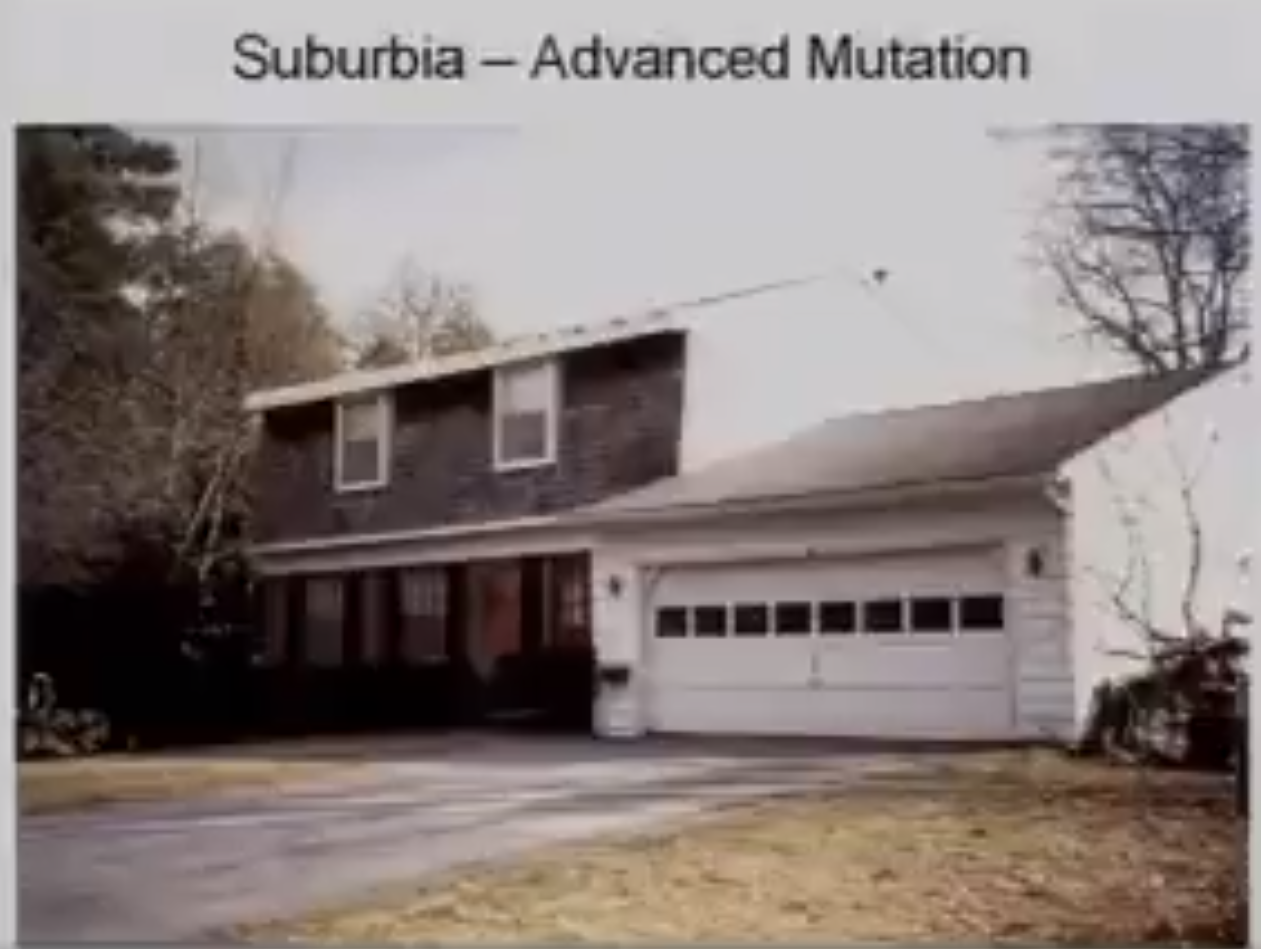
You might think I'm bashing the poor. Nope. Below you can observe the exact same effect in nicer houses. In both cases the garage dominates the facade, causing the house itself to look like a mere appendix. The ugliness of attached garages is not a cost issue. They're a blight at every price point.
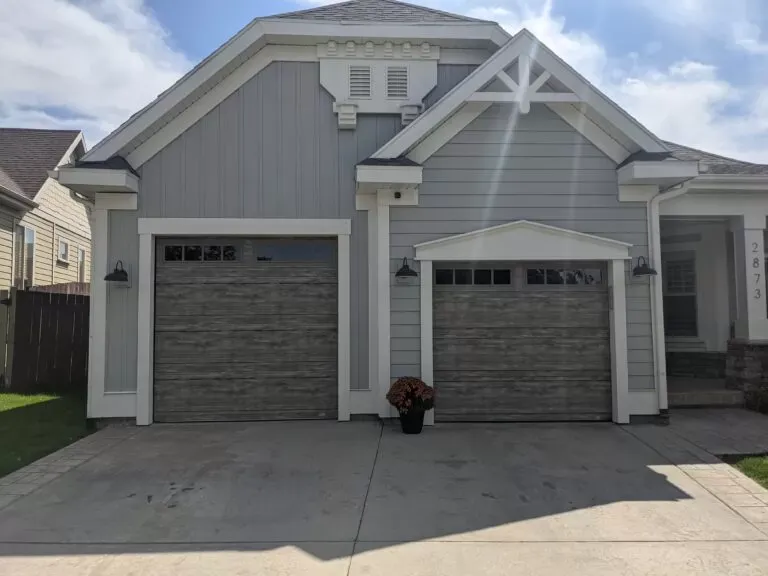
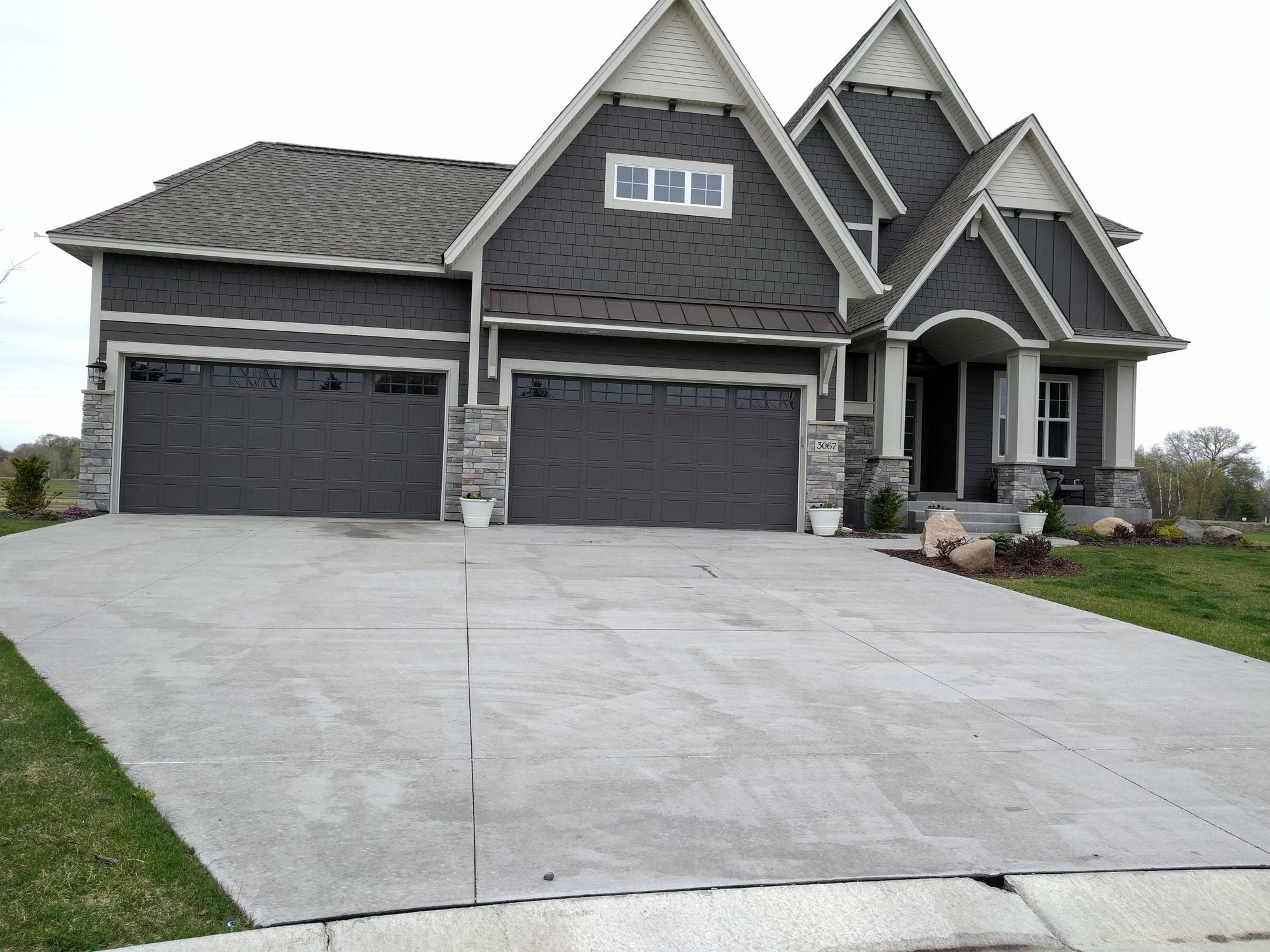
I felt so symbolic yesterday.
Next are two contemporary single-story designs. The attached garages dominate the houses to such a ridiculous extent that they become the facade. I shouldn't have to point out that it looks dreadful. Of course, people keep buying them. If you're unfortunate enough to be one of these people, don't stop reading here because you're offended. Later on I'll explain how you can increase your house's usable space at low cost by converting your attached garage. Don't keep up with Mr. Jones—make him keep up with you.
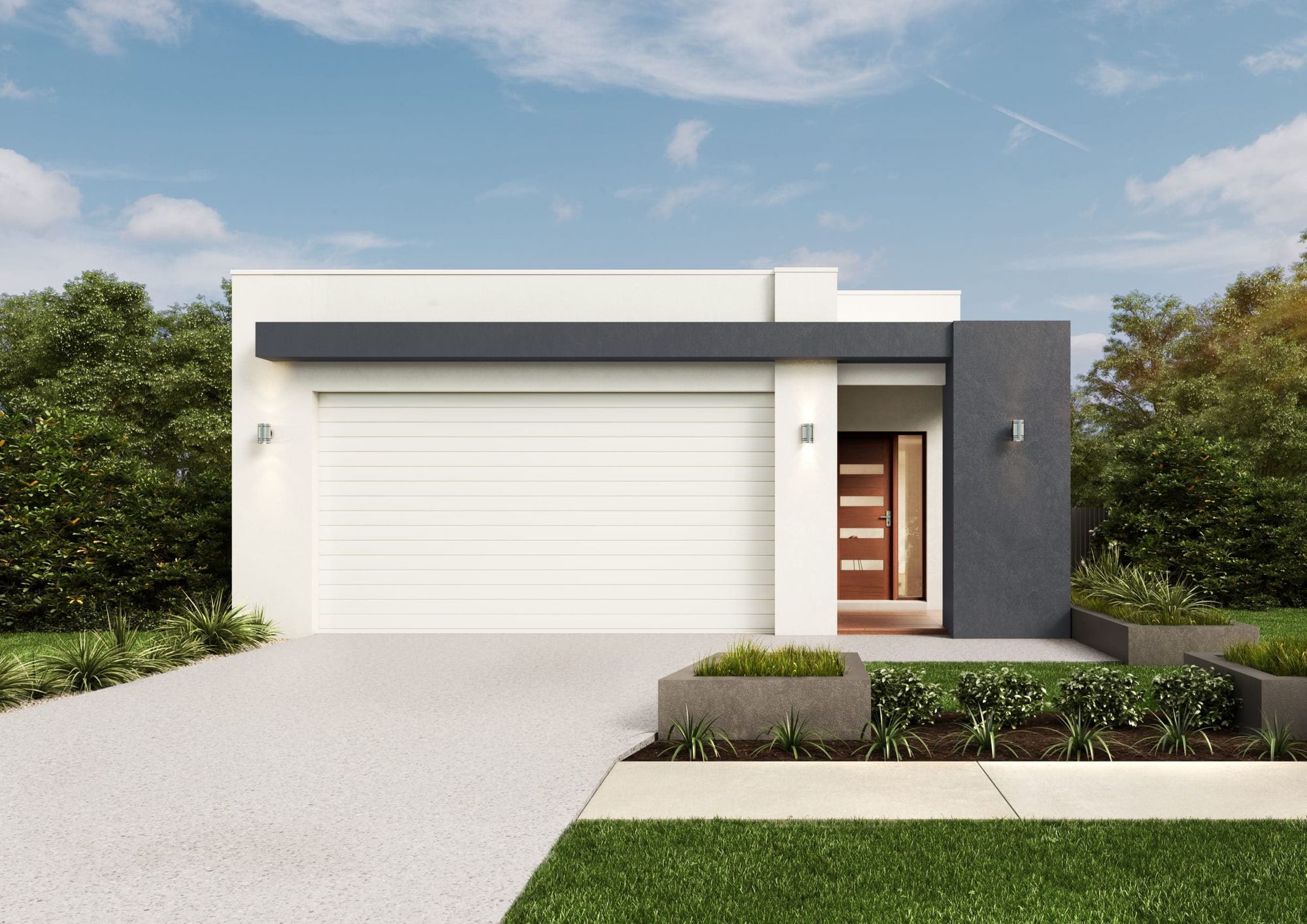
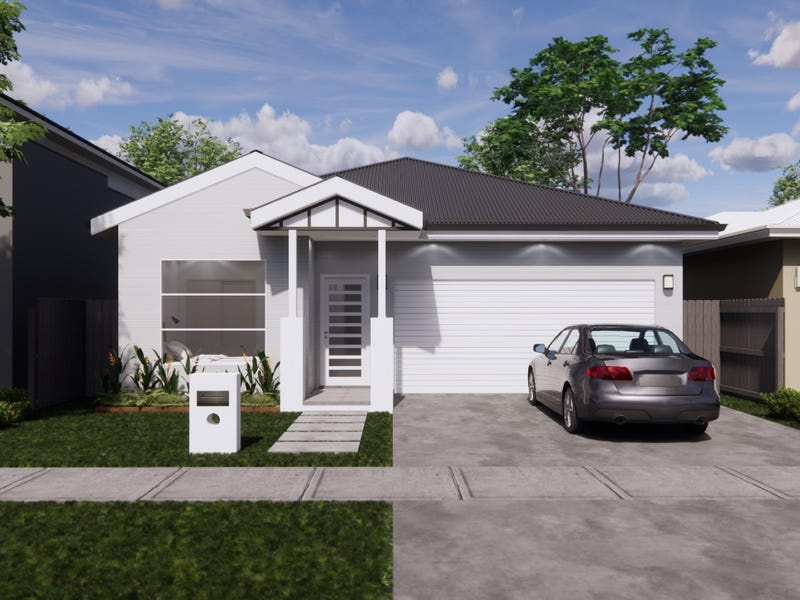
The next photo shows a home that was built on a somewhat higher budget. They really tried to make their attached garage seem nice. Alas, there's simply no good way to let a glorified shed—or two—take over your facade. When you look at this house from the street, the main thing you see isn't nice bricks, but big roller doors. The remainder of the house appears to be little more than caretakers' quarters for the garage at its center.
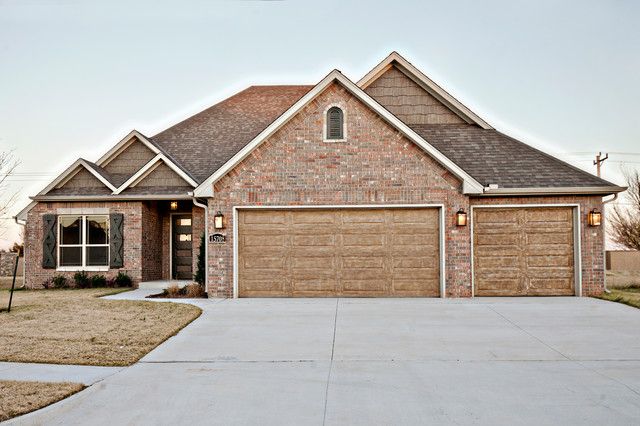
A triple attached garage bent in toward the front door to create a half-courtyard effect is a characteristic feature of McMansions. It looks expensive and cheap at the same time, which I imagine must be very embarrassing to the owners.


To reiterate, an attached garage is ugly in every single case, and there are no exceptions. In the following example the roller doors aren't visible. But the attached garage is still bad, just bad in a less obvious way.
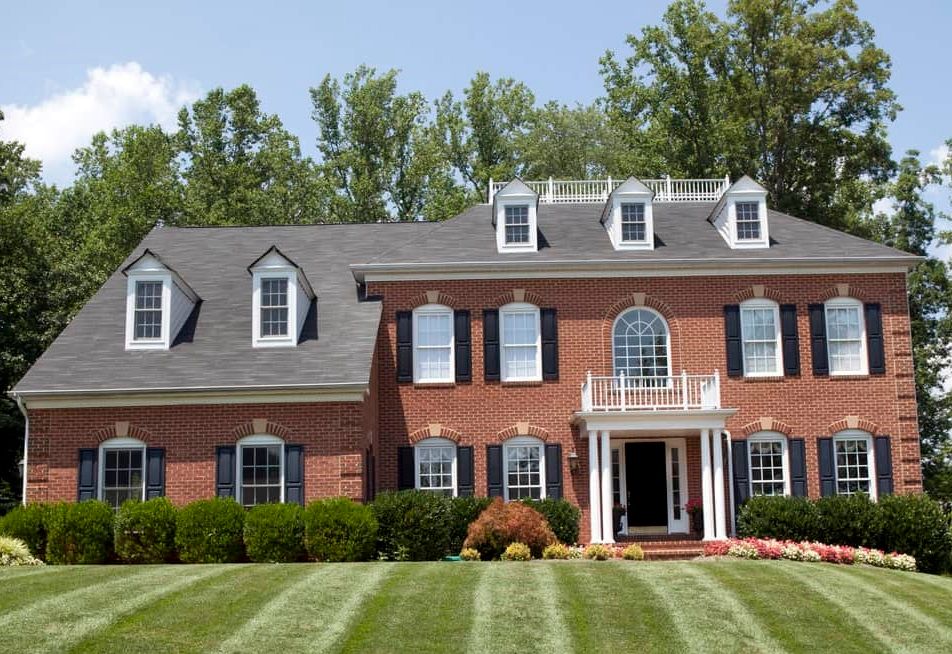
This photo exhibits a blunder commonly seen in eastern American upper-middle class suburbs. The basic Georgian facade (called “colonial” in America) is time-tested and hard to screw up. It's so simple and effective it should always work. But here it's been mutilated because someone attached a big hulking garage to the left side of the house, and worse still let it poke out ahead of everything else. Maybe he needed somewhere to park his monster trucks.
The beauty of the Georgian style comes from the symmetry. If you give up the facade's symmetry all is lost. The architect didn't understand this, and he destroyed it like a malicious god adding a second tail on a monkey's left ear. Tacking a garage onto the side is a slap in the face to everything good about the concept. It completely ruins the house and makes it look tacky and spiritually low class, and reveals the owner to be a person whose mental resources are ill-matched to his financial ones. Not to mention the ludicrous inaccessible balustrade.
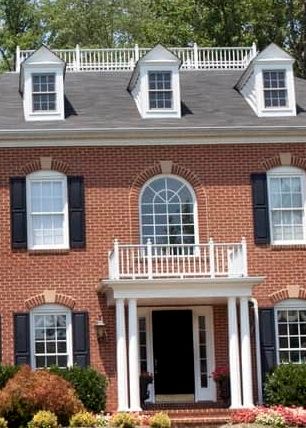
All of these things will silently run through the mind of an observant person who passes the house, though they won't speak them aloud or perhaps even articulate them clearly in thought because they're not accustomed, as I am, to the exigencies of part-time work as an evil vizier.
To understand just how much damage these hacks have done to what should be a foolproof architectural style, compare the house below. It's virtually the same house, but the aesthetic impact is vastly better. Not just because of the beautifully symmetrical copper downpipes, superior garden, paver driveway, more compelling brick, and refusal to erect pretend balconies, but above all because there's no attached garage destroying the symmetry!
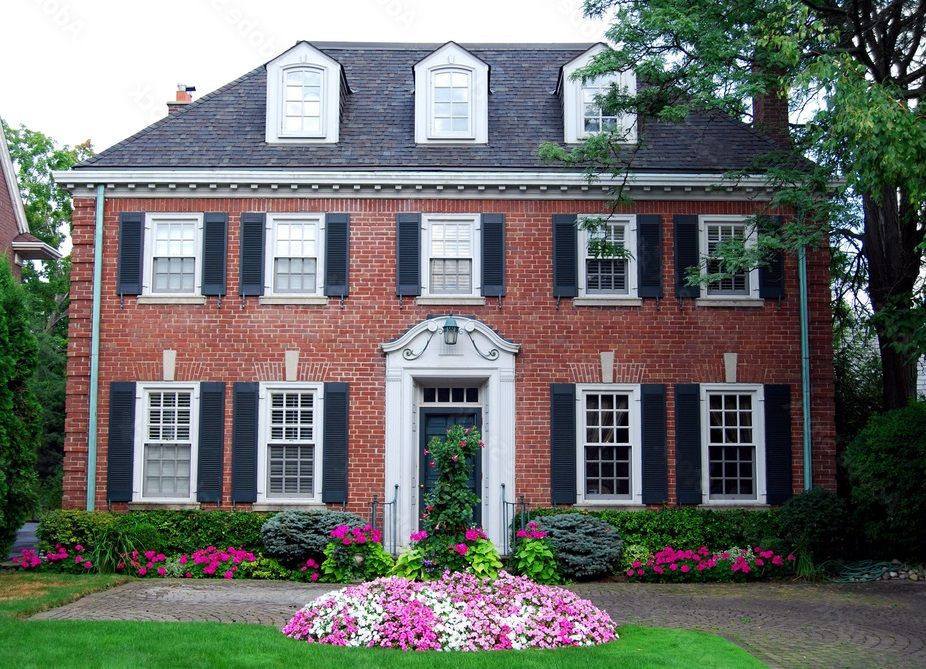
I'd like to reiterate: the colonial with the attached garage isn't ugly because it's cheaper. Indeed it might not be! It's ugly because the basic design is fundamentally bad. It's a failure of sense and sensibility, not a failure of cash flow. Omitting the garage always saves money that could be better used elsewhere. That's why I emphasize that beauty can come at a negative cost.
Incidentally, it's trivially easy to make a bigger Georgian house if that's what you want:
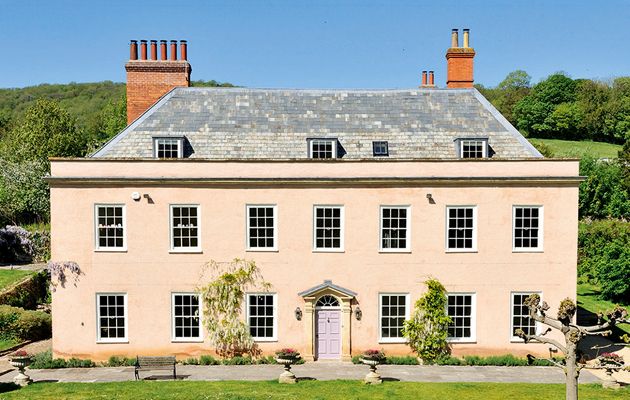
Lastly, let's look at an upper-class house in a pseudo-Spanish style.
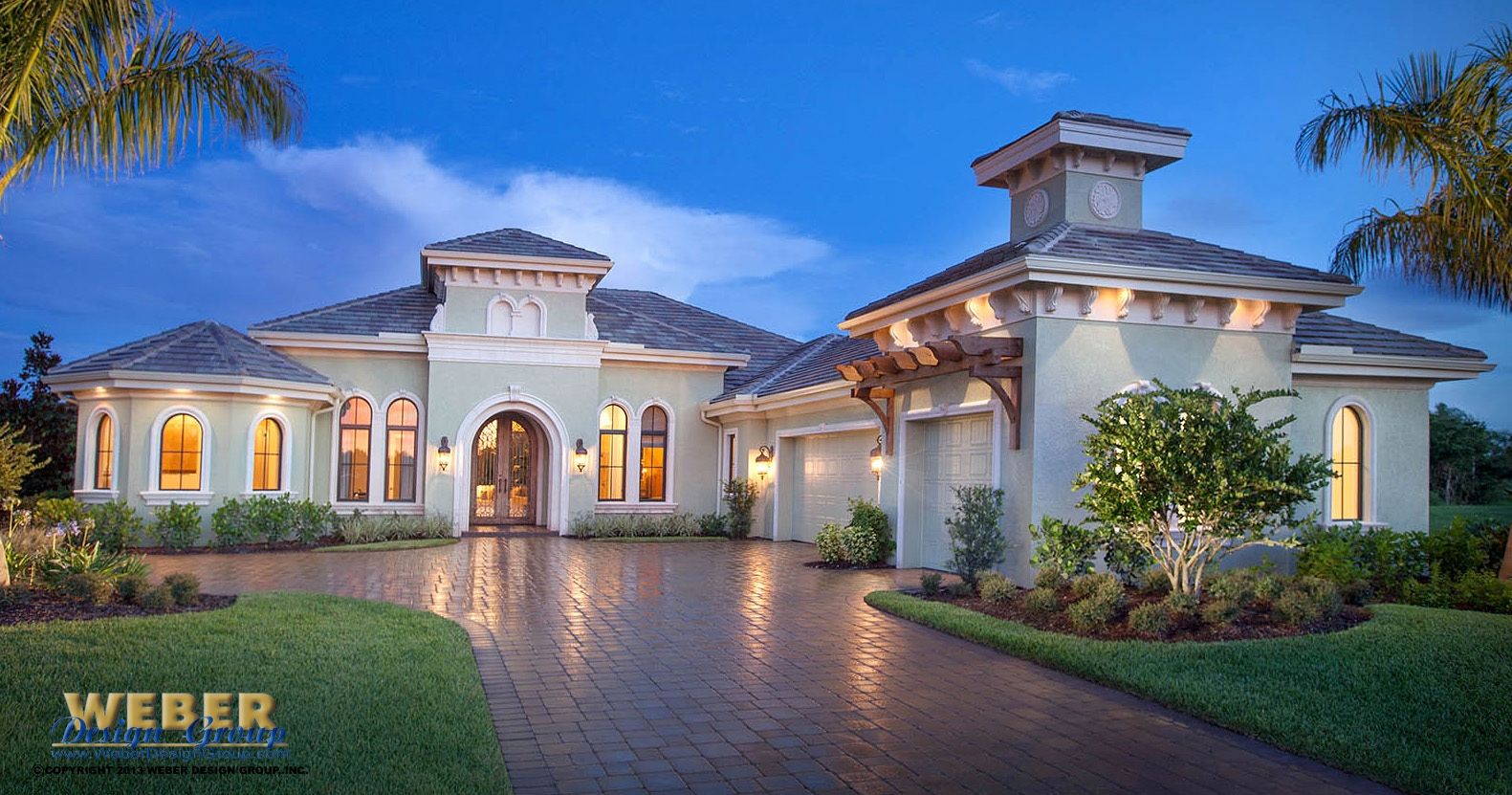
Without an attached garage this would be a reasonably handsome albeit not particularly inspired home. With the garage tacked on, it falls flat. It doesn't matter how much money they spent to ornament their garage roof. The net effect is bad. The garage is the nearest thing to the road, and it sticks out in a way that wrecks the street appeal of the much nicer remainder of the building. Just like in the lower-class homes we examined earlier, the garage becomes more prominent than the living space itself.
Folks, if you have money to blow on frivolities you'd be better off throwing it in a bonfire, distributing it to hookers in Vegas, or even paying your taxes than adding a tacky clocktower to an attached garage that's already mangling the main feature. You're turning your house into the kind of movie where a bad actor is so memorable no one notices the rest of the cast.
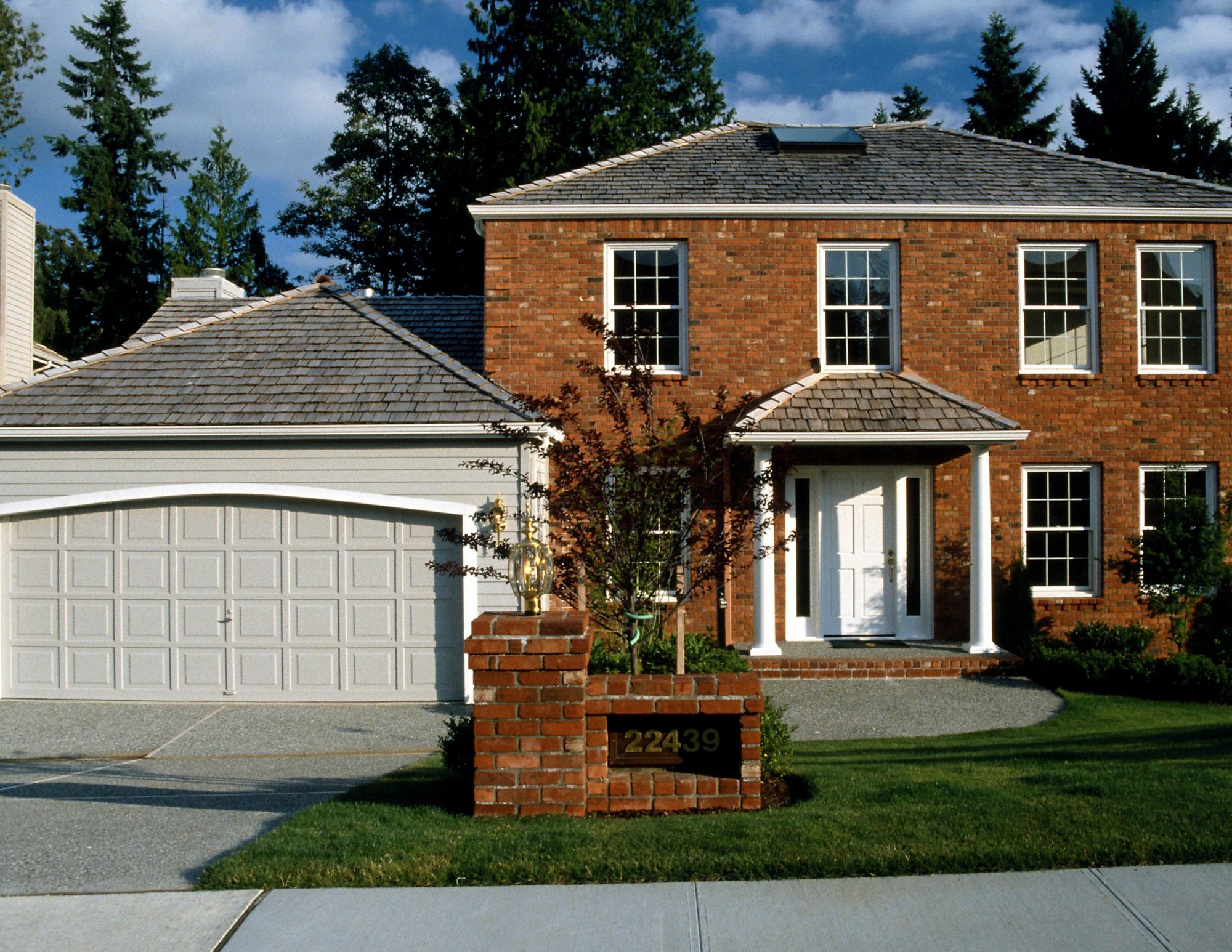
The sidewalk is clean because this house looks so unbearably bad that people avoid even walking past it.
A more tolerable way to attach a garage is to put the roller doors on the side of the house, where they aren't visible from the street or yard, and integrate the garage into the overall plan in an aesthetically thoughtful way (unlike the examples just discussed). But that requires a large plot of land, without which your car will have to make a difficult turn to drive inside. And if you have a large plot, you shouldn't be attaching your garage in the first place. You should detach it—which looks excellent.
You see, I'm not an unreasonable garage-hating bigot after all. Here are a few simple and lovely detached garages to prove it.
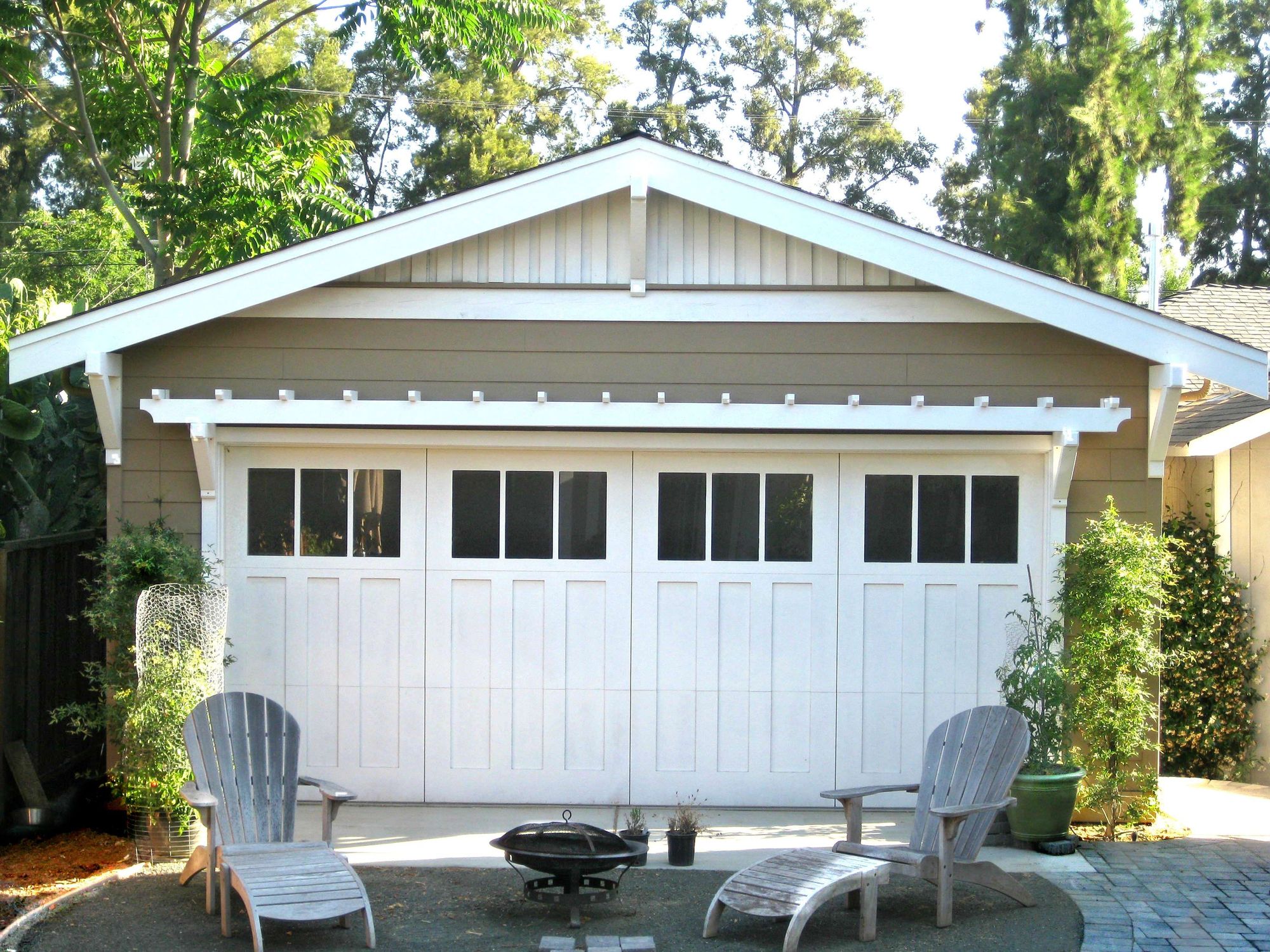
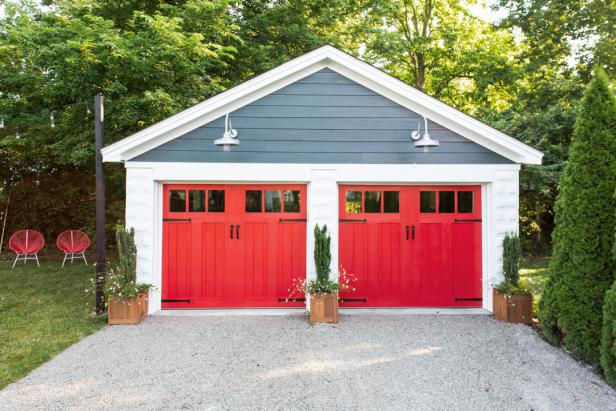
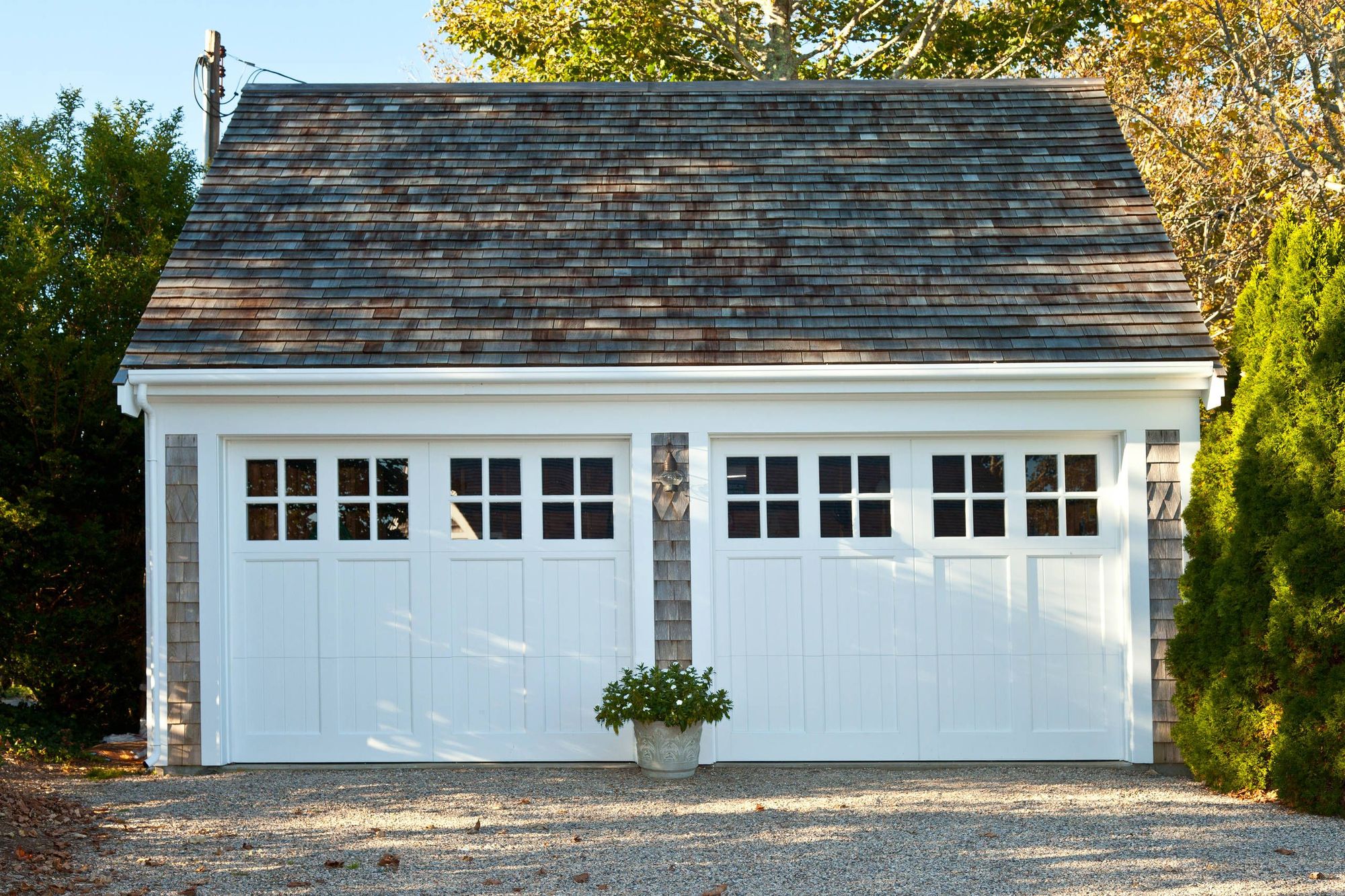
The garage below is also much less offensive than those shown earlier. It's distinguished from the house by its color, texture, size, and recessed location to such a degree that it's fair to call it quasi-detached. Note also that it's serviced by pea gravel rather than pavement. Nevertheless, it would be better still if it were separated from the house entirely.
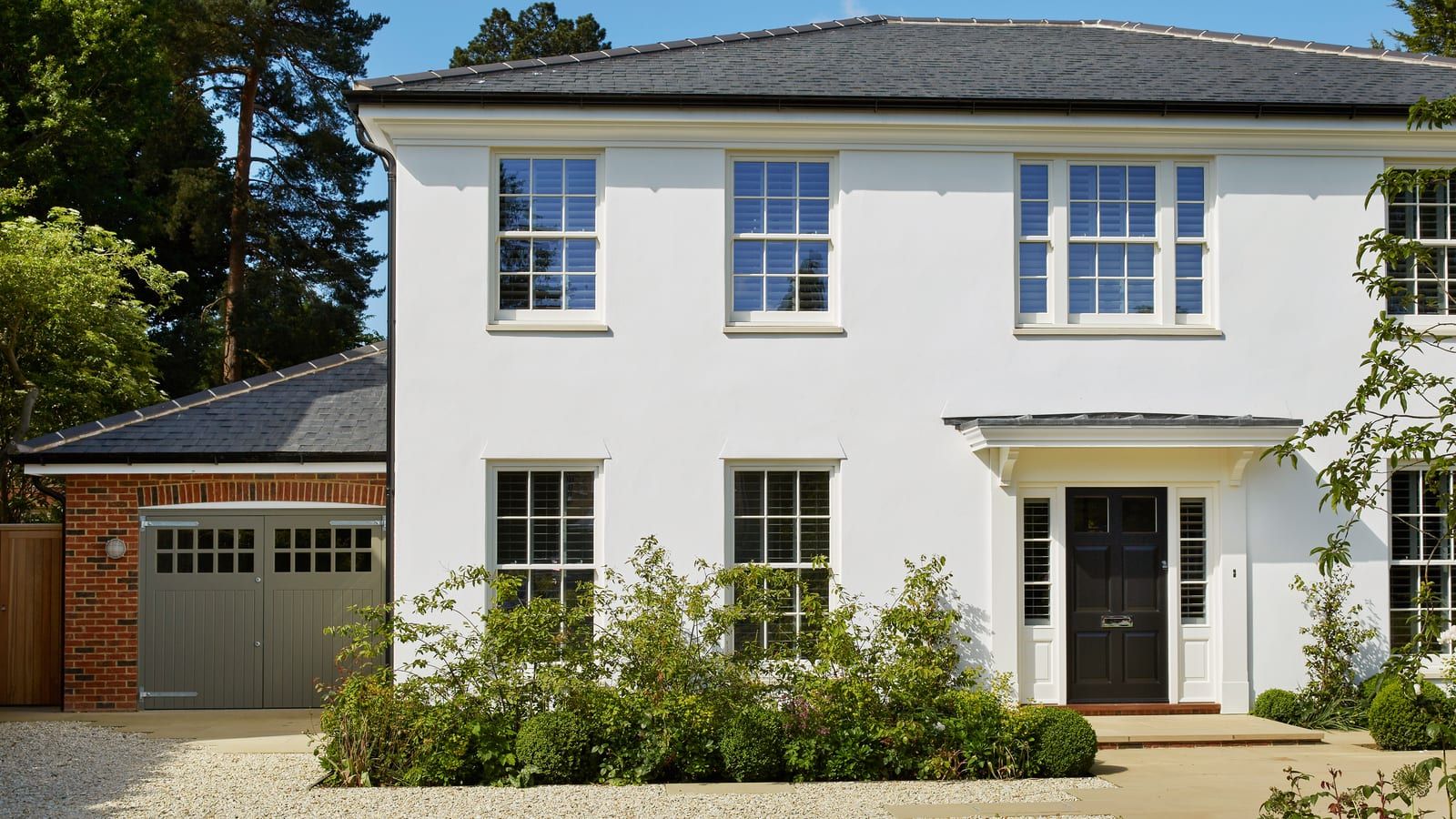
Unfortunately attached garages never come alone, for as the saying says, "one sin leads to another." They bring with them driveways typically made from a concrete slab with prominent control joints. To restrict myself to mild language, I'll only say that these concrete slab driveways are not a pleasant landscaping feature. They don't look good even when they're new, and they inevitably crack, and then look worse still.
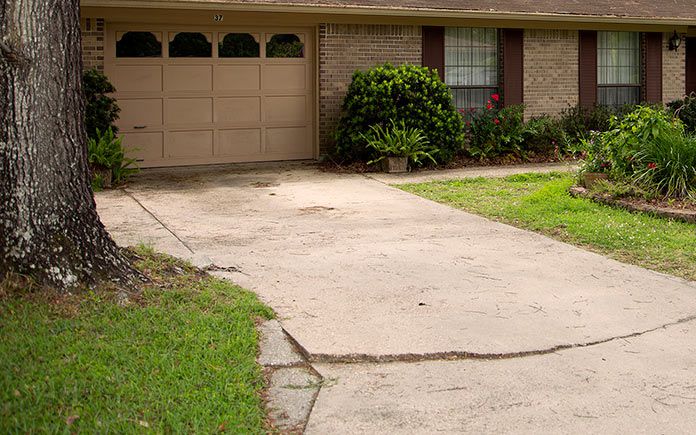
Once again, we've learned to accept and ignore concrete slab driveways because they're ubiquitous, like excrement in the gutters of medieval streets. But attached garages make them very hard to ignore, as you can see below.
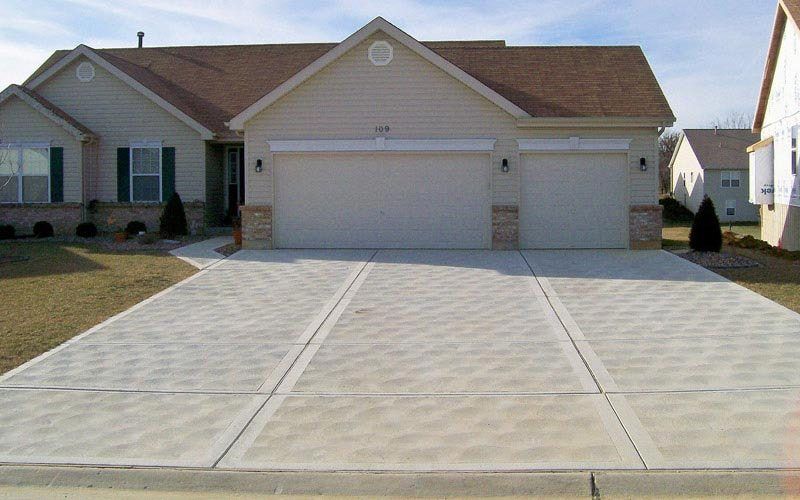
When a garage is detached and accessed by driving past the side of the house, the driveway itself is typically narrow, and functions like a border to the front garden. But because an attached garage occupies an offensively prominent position, the driveway that leads to it necessarily dominates the landscaping. The result is both unsightly and ridiculous.
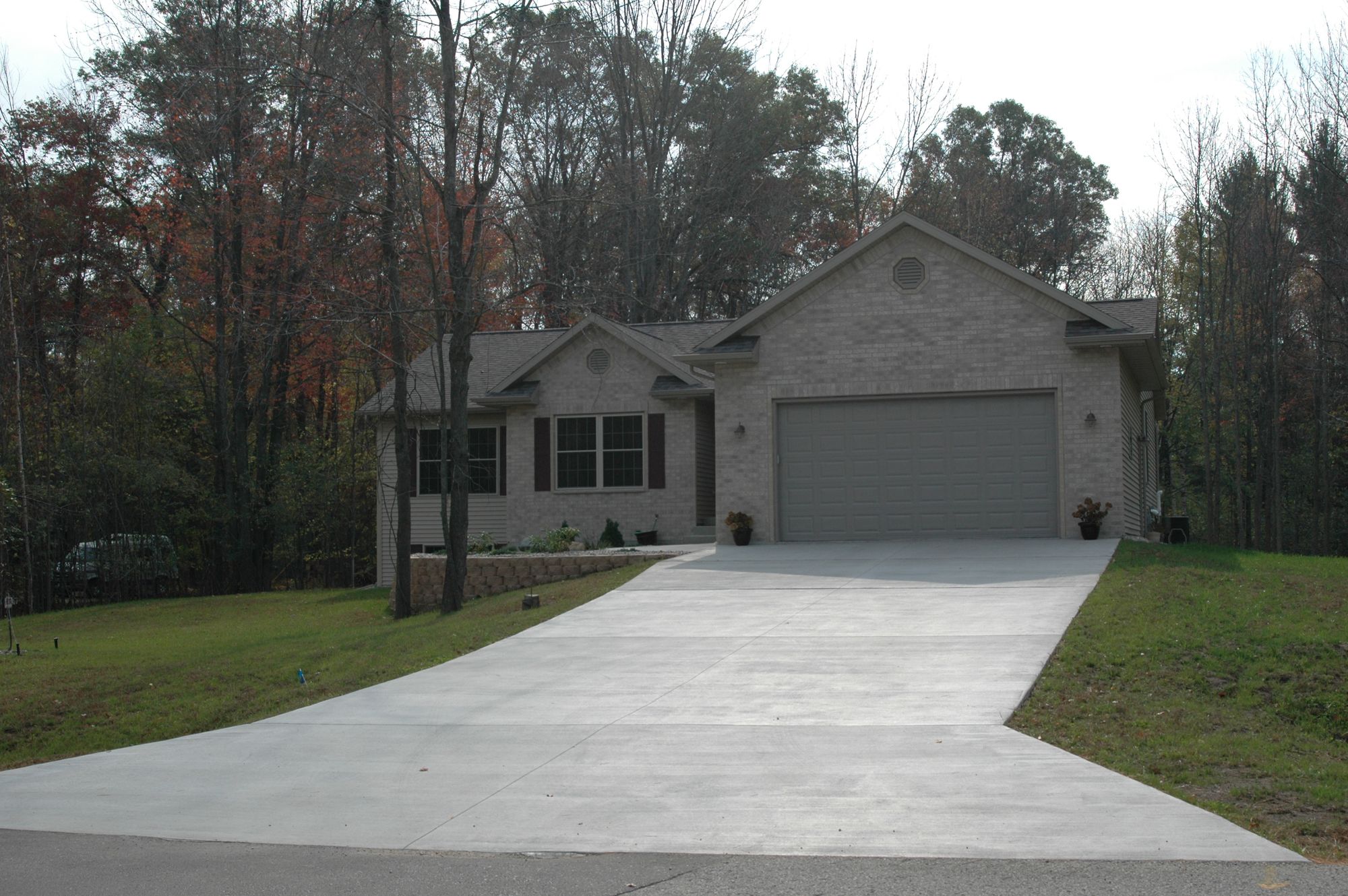
In short, an attached garage ruins your house, and the driveway to the attached garage ruins your landscaping. The two support and emphasize each other, because the driveway points toward the attached garage like garish neon lights pointing toward a junkyard, making the effect even worse than either of the two alone.
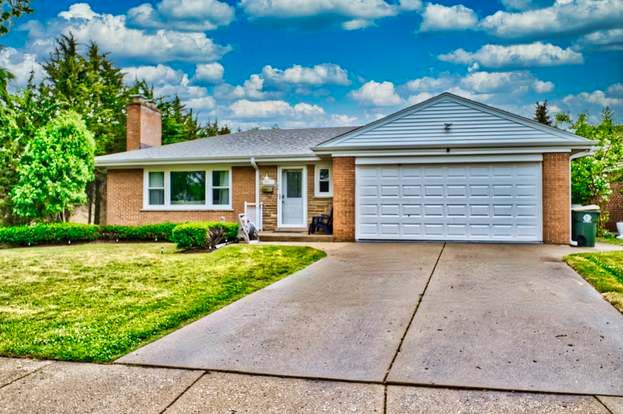
By contrast, a paver driveway to a detached garage looks lovely and will continue to look lovely, as it's not subject to cracking. It sits comfortably alongside the main house, acting as a border to the front garden rather than filling it up. It's narrower than the driveways that service attached garages, and minimizes the hardscape to landscape ratio by waiting until it nears the roller doors to widen.
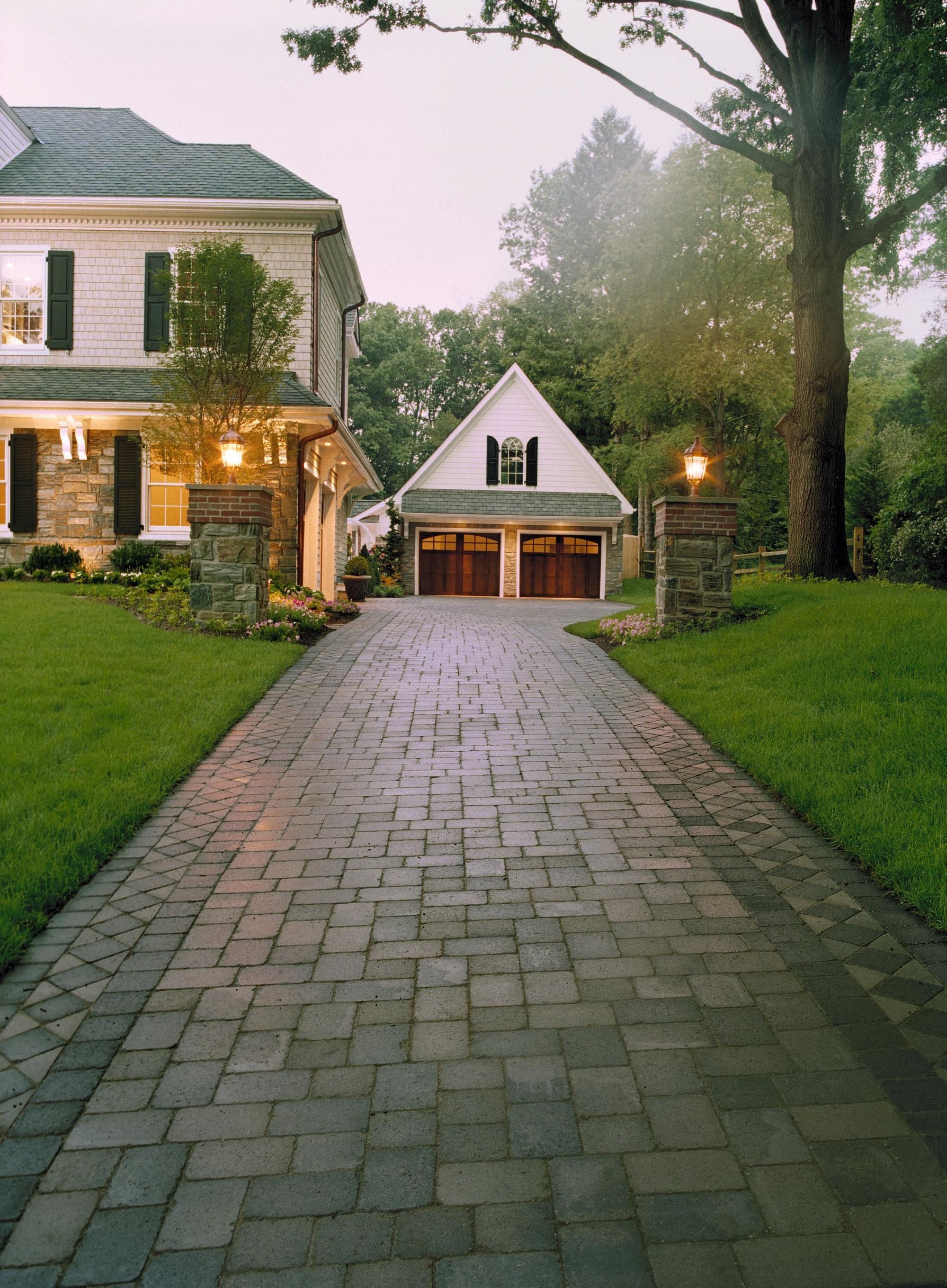
To conclude this section I'll show some examples of houses that have no garage at all, and ask you to consider whether you could attach a garage in a way that wouldn't do harm. (The answer is no.)
First, a modest colonial. The house is reached by stepping stones and no pavement is visible. You can't attach a garage without disfiguring both the house and the garden.
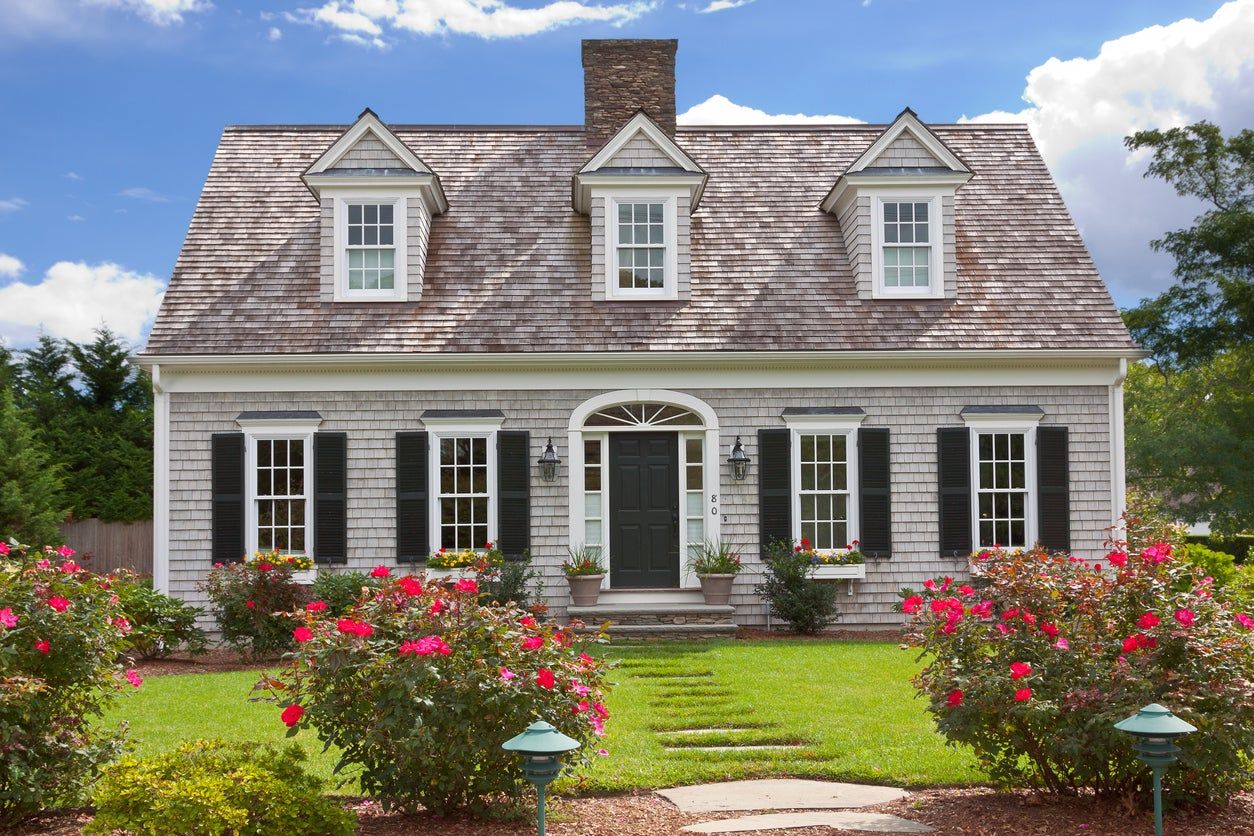
Next, a southeast American design with a verandah. The same point applies. Consider how much nicer the little brick path leading toward the front door is than a big concrete slab driveway. It's beautiful and inviting, and compliments the simple landscaping rather than detracting from it.
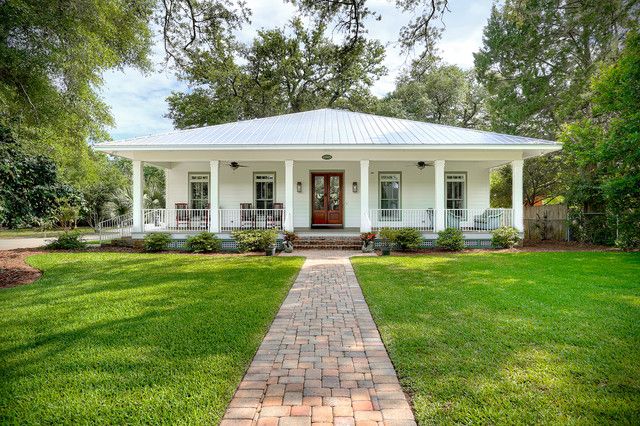
A small urban cottage. There's nowhere to put a garage and if there were it would look dreadful.
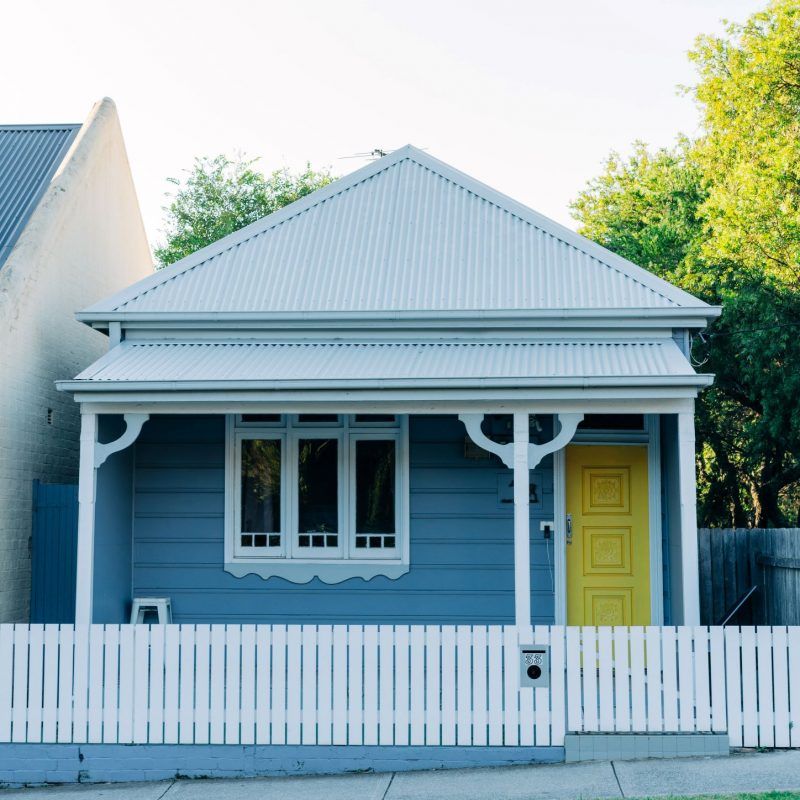
A four-square house. The lovely simplicity of this design would be harmed by the addition of a garage even though the symmetry is less essential than in a Georgian design.
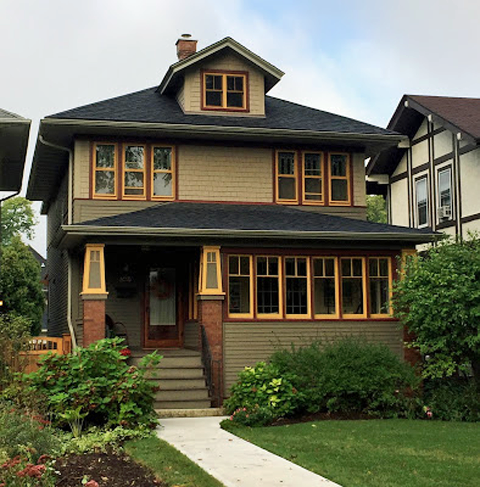
A small craftsman-style house that would be dwarfed by the addition of a double garage. Asymmetrical, but you still can't attach a garage without harming it.
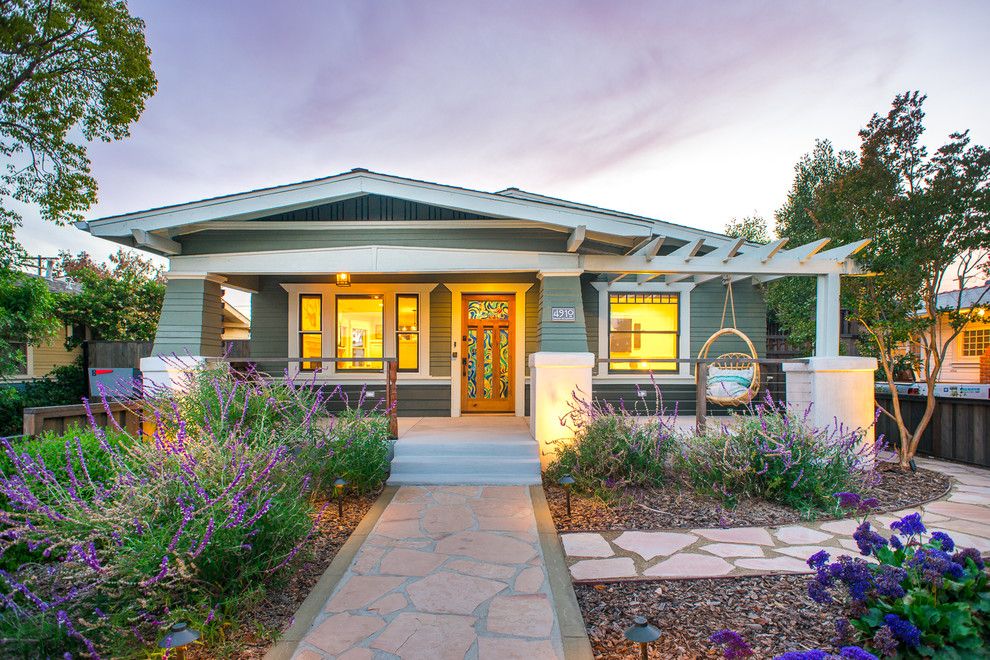
A traditional Moroccan house. You don't need to see all of it to know that roller doors have no place here.

Just because it freezes in the air before it hits their face doesn't make it okay to spit on your neighbors with the aesthetic loogie of an attached garage. These Canadians demonstrate the polite way to welcome a million new immigrants every year. Notice the detached garage in the background behind this cozy log cabin.
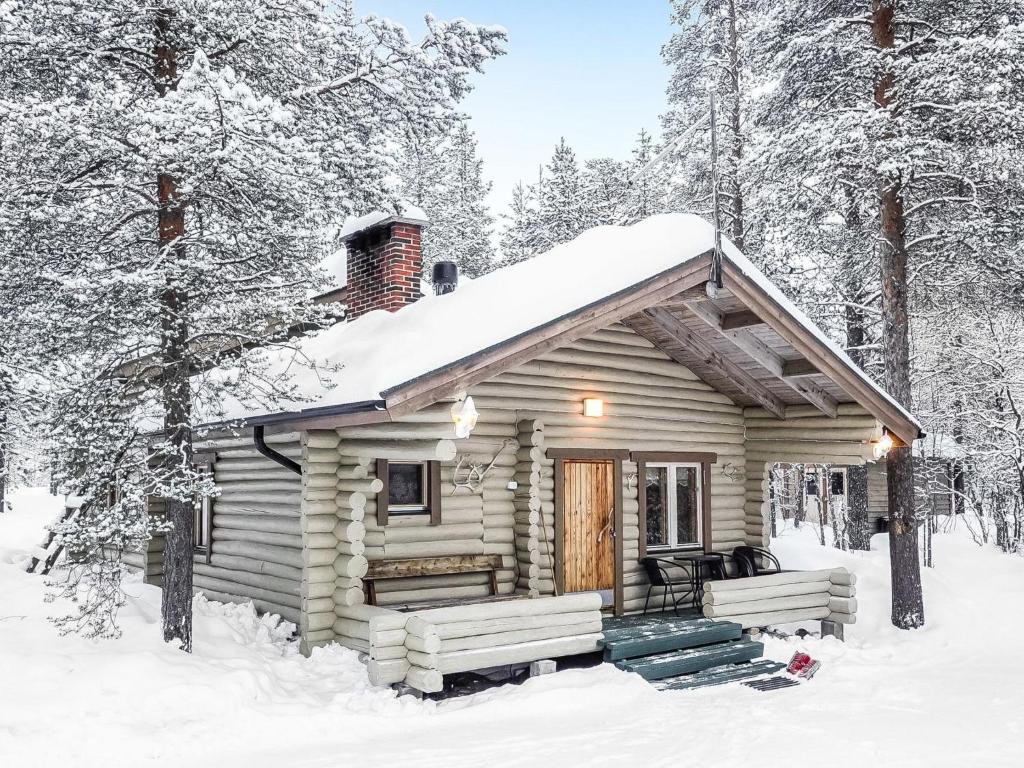
And to conclude, here's a very cute tropical cottage that's not much bigger than a three-car garage.

I could find more compelling photos, but I'm here today to convey an important public safety message regarding the evils of attached garages, not to satiate your scopophilia, and I don't have time to search longer. If you're not convinced yet, google it for yourself. I maintain that there's no case where attaching a garage has a positive or even neutral aesthetic effect. It's always bad.


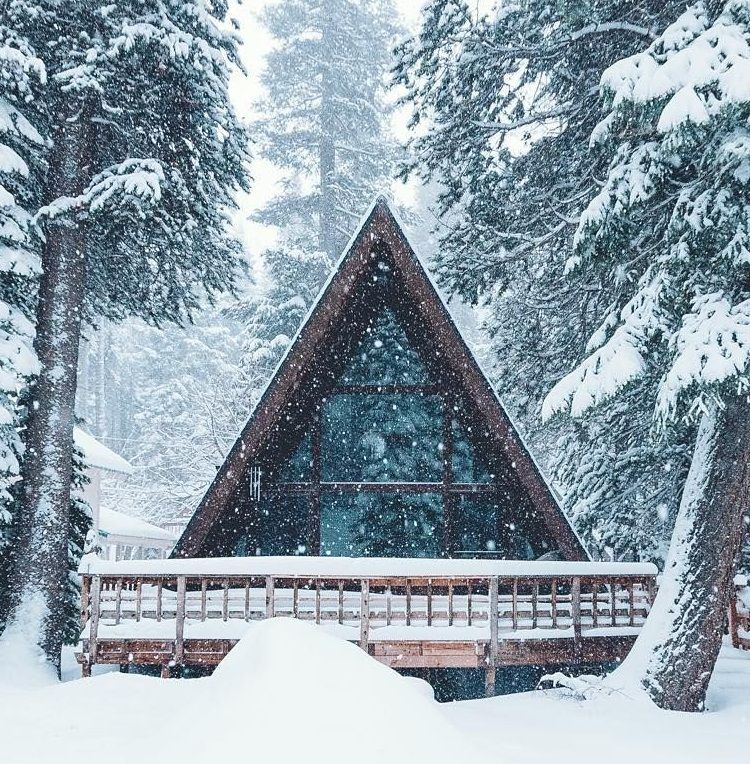
It's night and day regardless of the climate.
II. Attached garages are wasteful.
By now you've admitted to yourself that attached garages are ugly even if you're not ready to say it out loud to your spouse. But you're still somehow convinced they have big practical benefits. Otherwise people wouldn't build them, right? Wrong. Remember, the Carthaginians sacrificed their firstborn for centuries. The aesthetic sin of garage attachment is peanuts compared to that. We could accumulate another millennium of architectural bad karma if you don't immediately send this article to all your friends for the good of society.
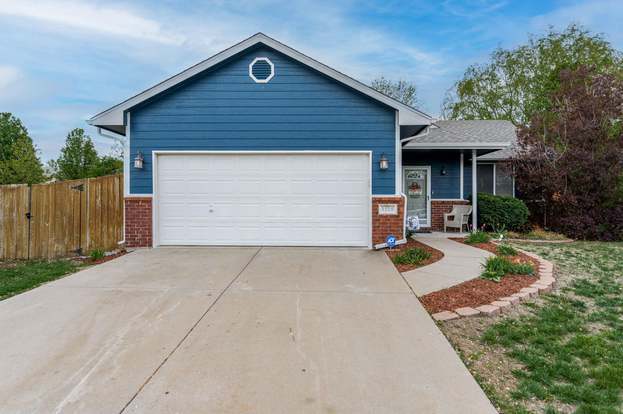
The theoretical purpose of a garage is to shelter your cars. But there's no good reason to keep your cars in your garage, and so most people don't bother. Instead they use their garage as a storage space and park in the driveway. Effectively, their garage is just a big shed.
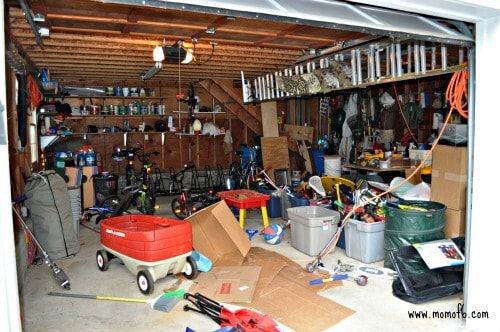
So, let's tell it like it is. Most people have made a giant shed the most prominent external feature of their home.
That's right. Unbelievable but true. A giant shed!
The word “garage” has become a misleading marketing term, similar to calling a large kitchen closet a “butler's pantry” so it sounds high class to buyers who will never be able to afford a butler. I'm inclined to call attached garages “integrated sheds” for the remainder of this article, and it would certainly be truth in naming, but I'll hold back for the sake of clarity.
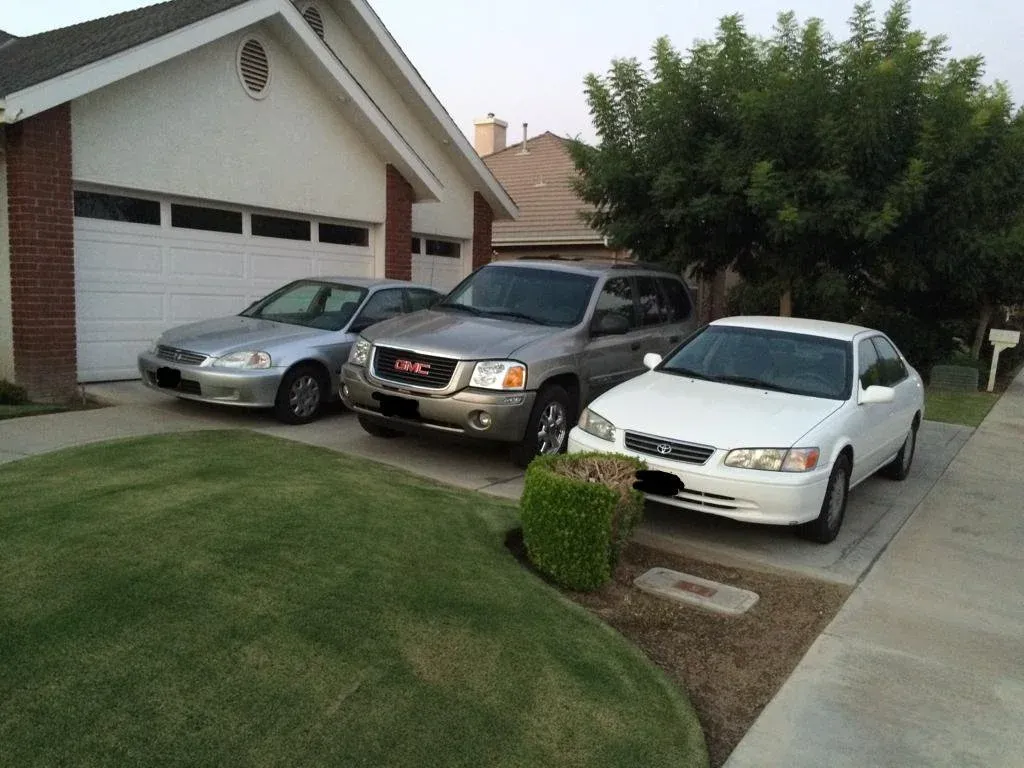
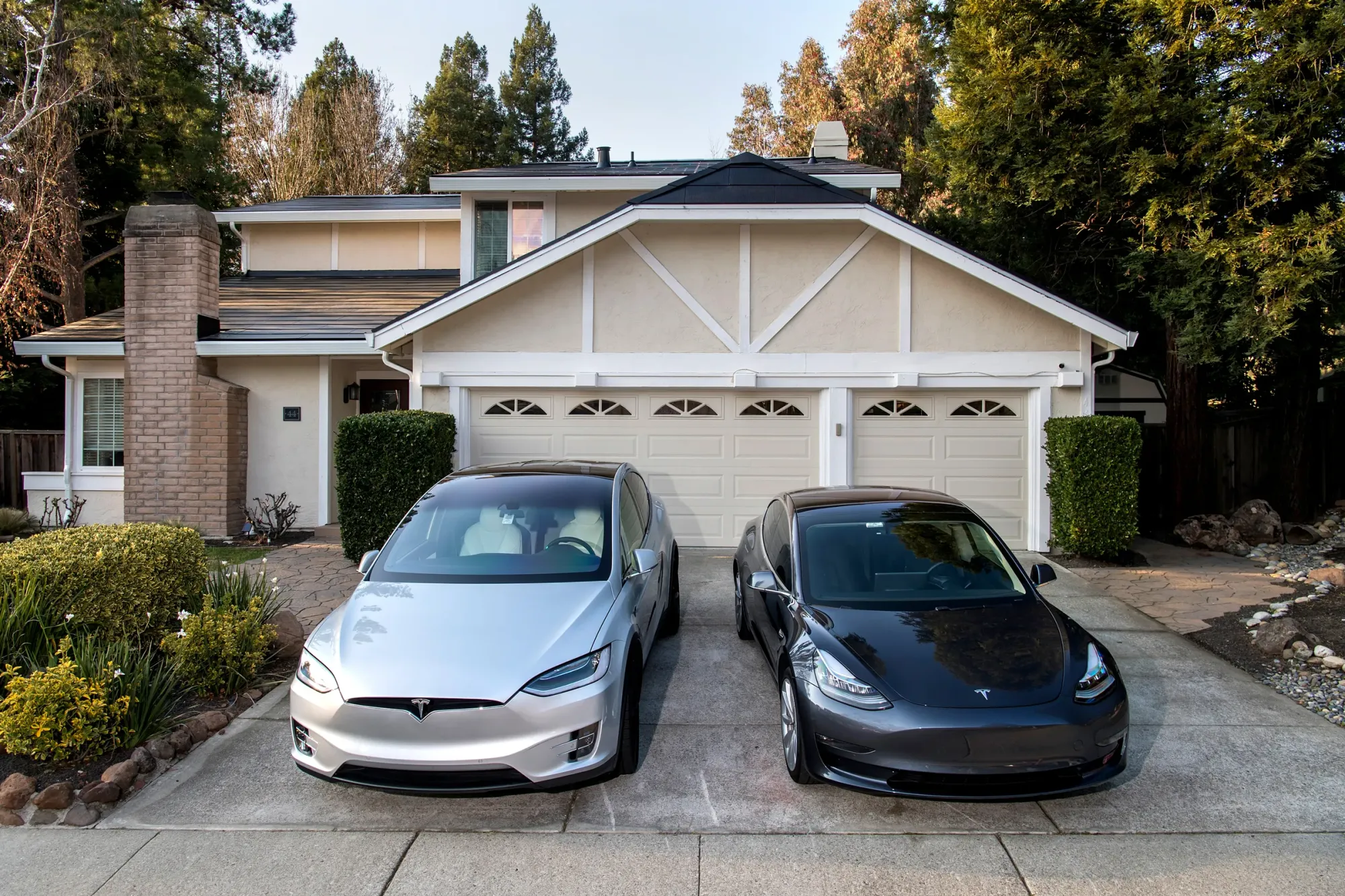
Homeowners displaying their car collection in front of the large sheds to which their houses are appended.
Let me give you some important tech news. Model T's are out of date. Your current car is designed to drive 125 miles an hour outside in inclement weather for at least 20 years with no problems. It's perfectly fine sleeping outside and in fact not at all harmed by it. As far as your car is concerned, your garage has no practical function. It's like a structure designed to protect fish from water.

Some people claim their attached garages are totally necessary in cold and snowy places, for the sake of human comfort if not for the automobiles themselves. So I asked Google Maps to take me to a Chicago suburb in February. Have a look.
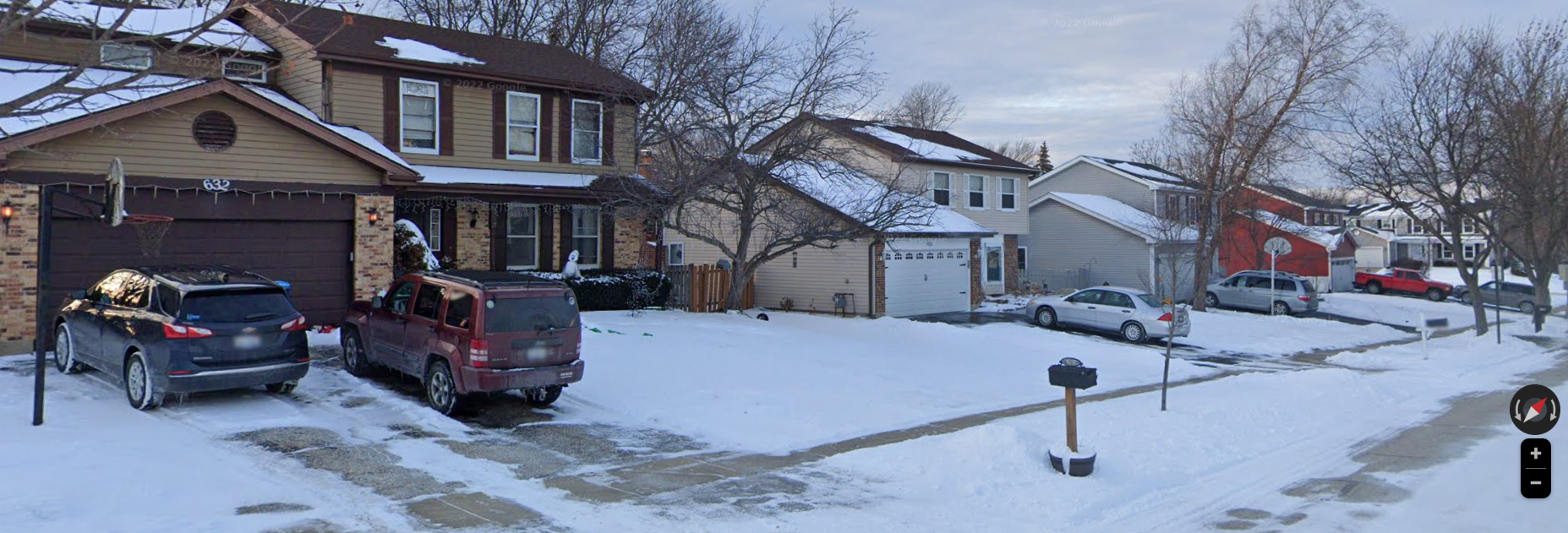
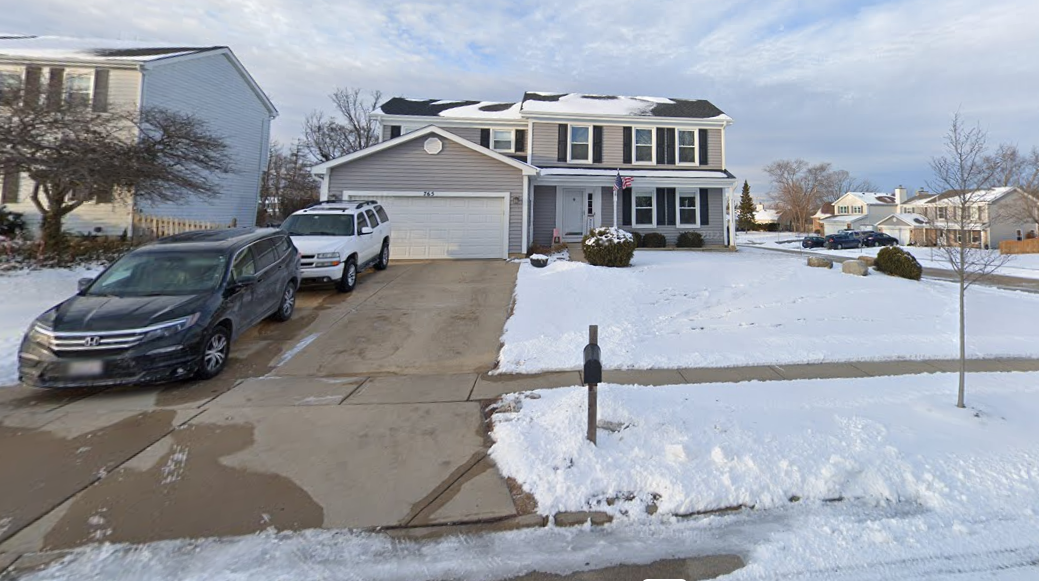
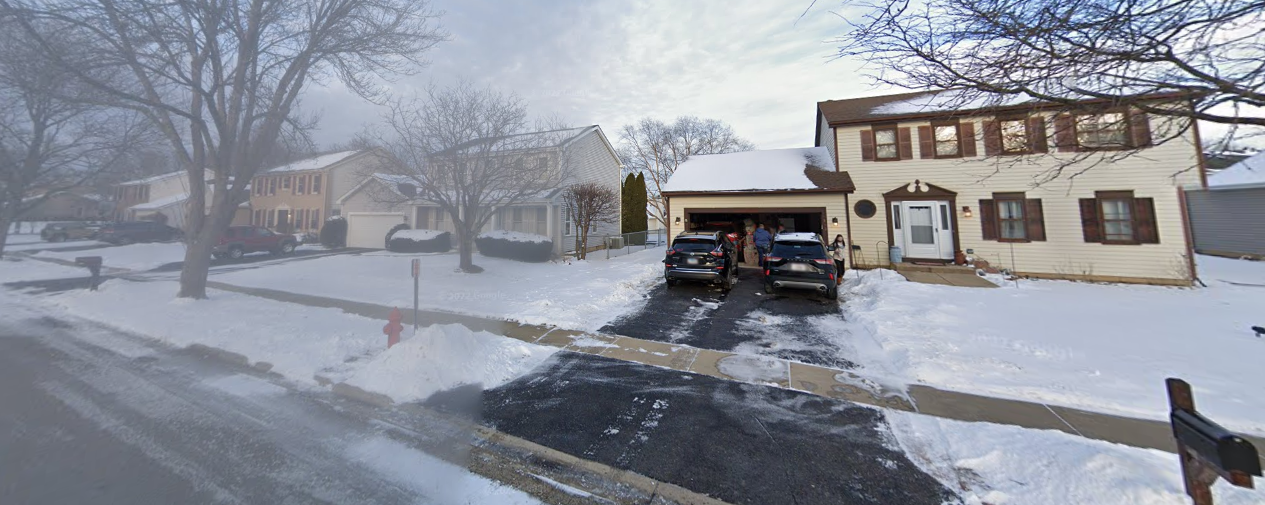
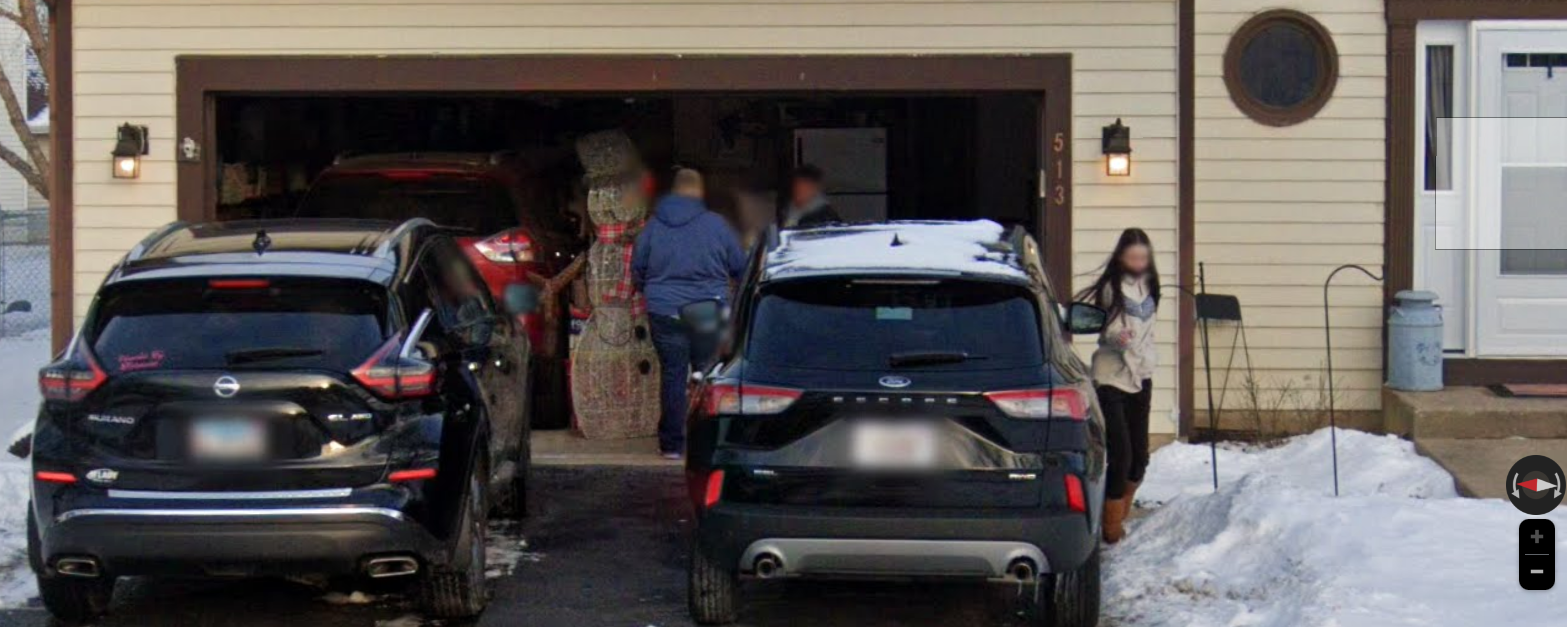
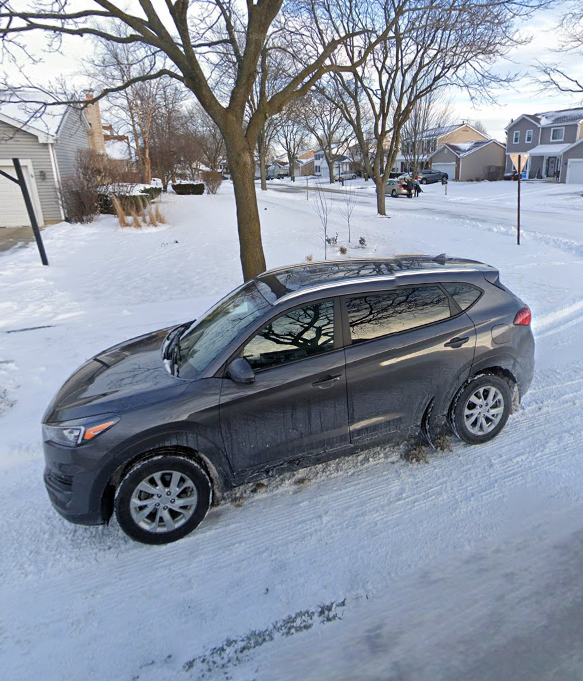
A middle-class Chicago suburb in February. It doesn't matter where you live. Garages don't store cars, they collect junk.
Action speak louder than words, and the actions of these Chicagoans show they don't believe their attached garages are actually necessary for storing cars even at the coldest time of year. If they were, I wouldn't be able to find photos like these in a few seconds of searching. Attached-garage defenders are just lying about utility to defend their resale value, that holiest of holies for the homeowner. They're afraid of what will happen to their most valuable asset when the world learns the truth. Which, thanks to this manifesto, is soon.
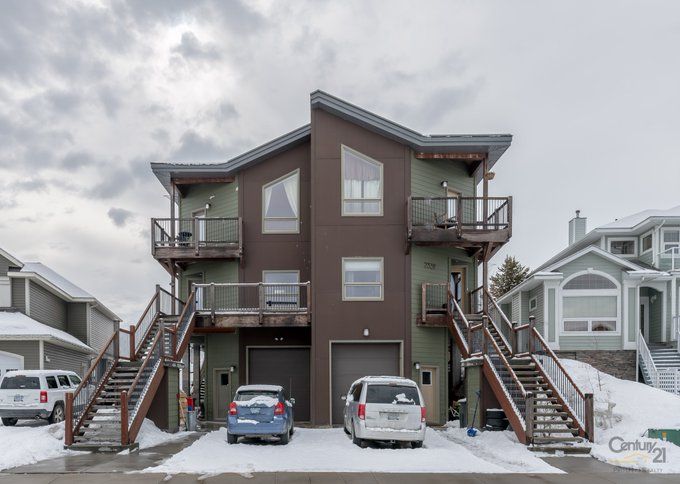
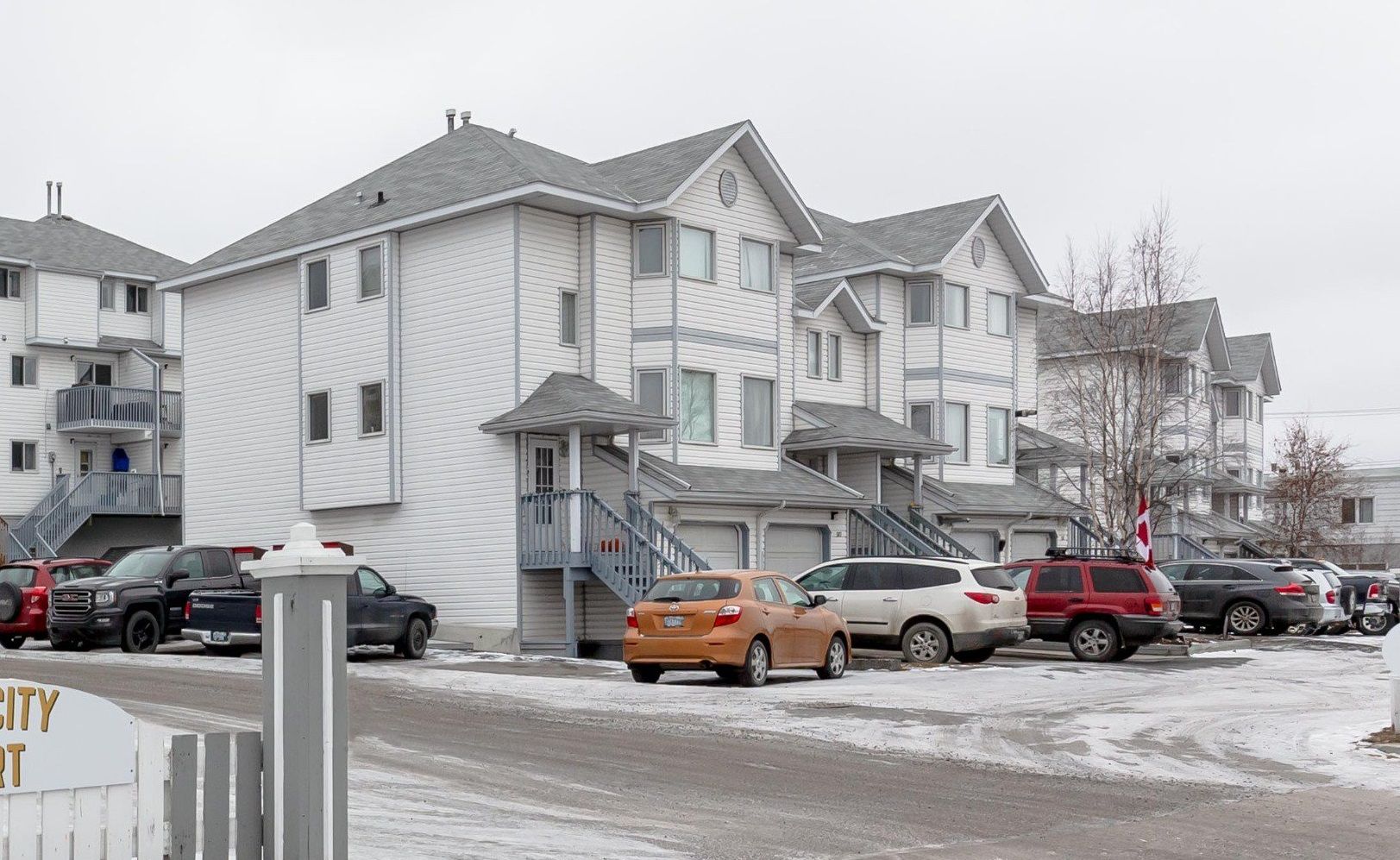

Yellowknife, Northwest Territory.

Below you can see the northernmost street view on Google Maps. It's above the arctic circle. No garages in sight.

Point Hope, Alaska. I'll take the purple house.
A resolute apologist will claim that walking outside to reach his car when it's raining or snowing is intolerable, and if he ever had time to clear last year's Christmas decorations out of his attached garage it would, in theory if not in actual practice, be invaluable. But I ask you, dear readers, are you going to live in an ugly house for the rest of your life because you refuse to take ten steps under the sky during the monsoon season? There are artists who are risking their lives to make the world a prettier place, but you're not even willing to put on a pair of galoshes? Try harder, folks!


The wealthy heroes of this Turkish drama live in garageless mansions and park outside. If American television had more positive role models like these, I wouldn't need to be writing this article.
Ok, let's say you admit you don't keep your car in your garage and it's occurred to you that a shed would work just as well for storage. But you use your attached garage as a gym, or a workshop. And you need it for that purpose. You just need to make your house ugly because without the roller doors you'd have nowhere to put your gym equipment—and a detached garage, for that matter, is harder to heat in the winter.
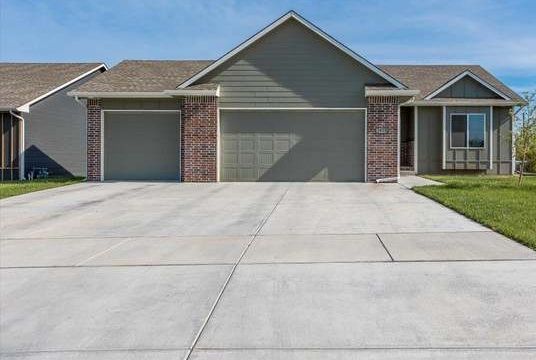
Have you considered, dear reader, that gym equipment can go in other rooms, and roller doors aren't a strictly necessary backdrop for deadlifting? Have you considered that you could, in fact, turn your attached garage into an actual room, brick up the roller doors and put in a window, and that this new room could be your gym or workshop? Have you considered that you could design a house from the start to include a room for said purposes, funding it with the omission of the useless ugly attached garage that nettles your neighbors' neurons?
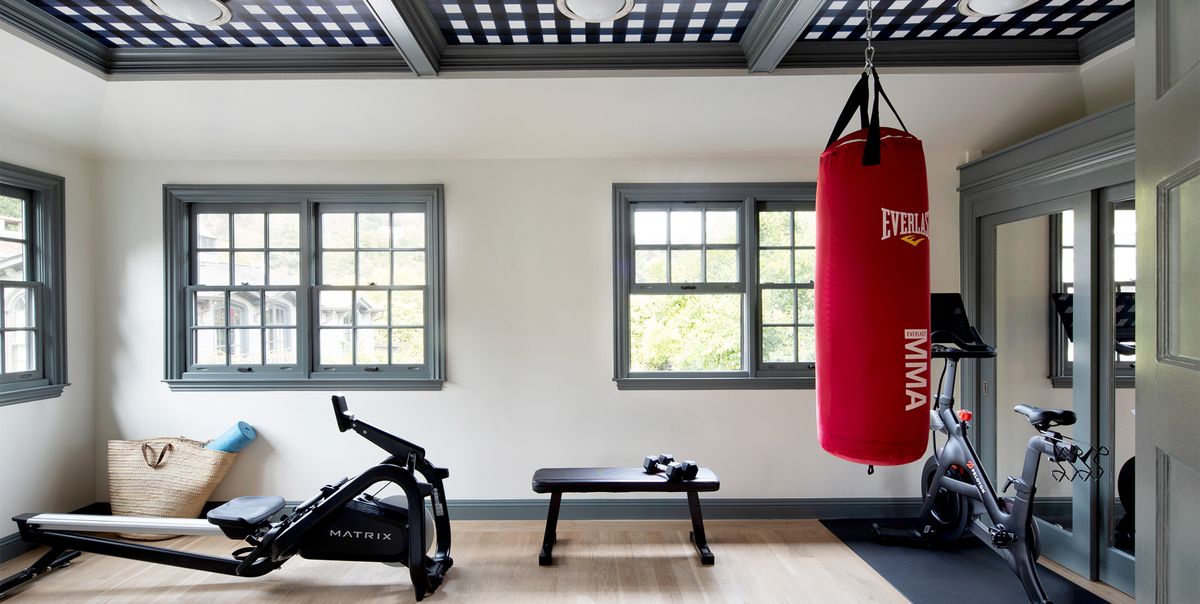
Mental inertia in the wake of a fifty-year fad still has people thinking attached garages are an efficient use of space. But the reality is quite the contrary. They're an atrocious waste of space. And not only that, they cause a large reduction in the natural light available to your living area. It's just math. You can see the numbers below.
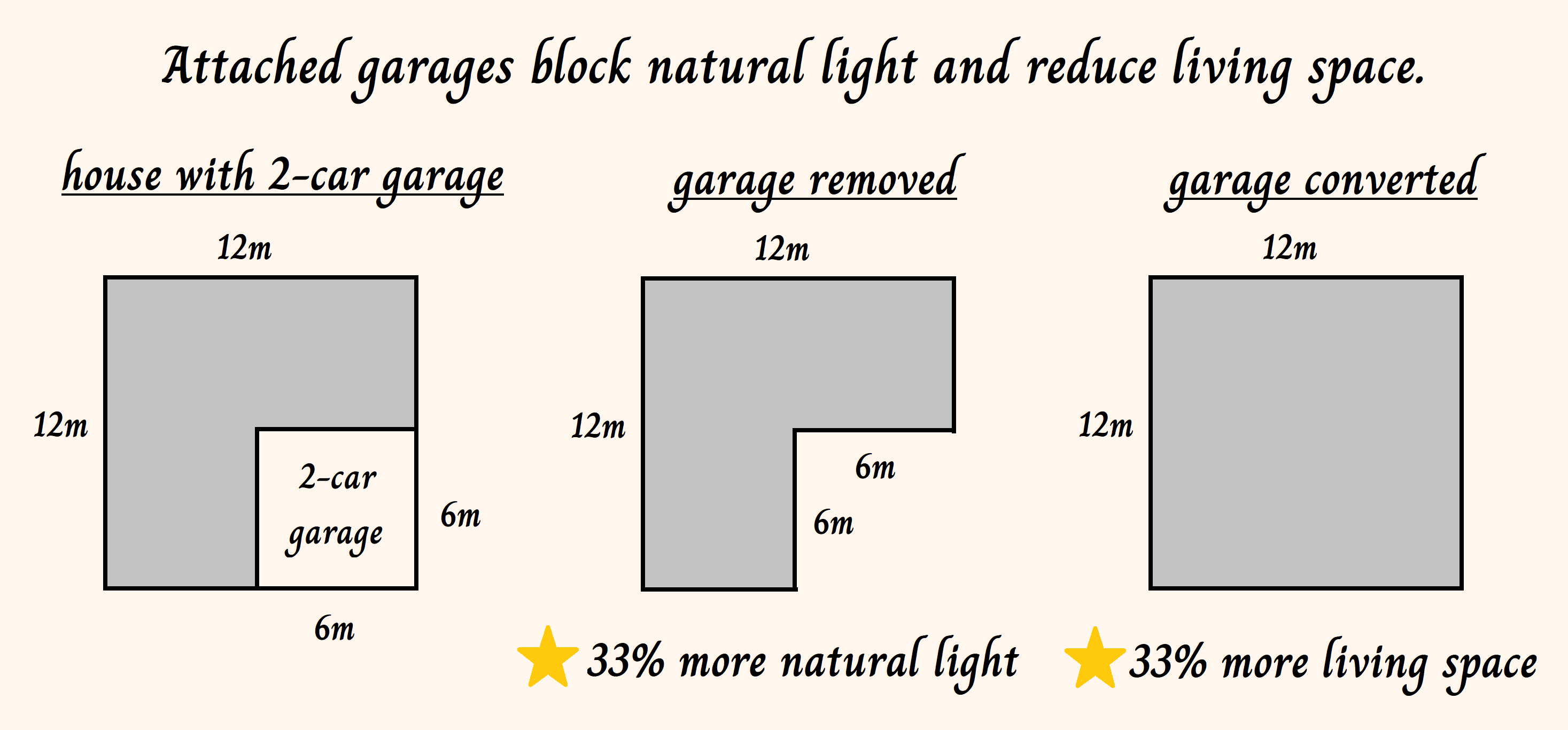
For empirical evidence, count the windows in the house below.

Even if your house is just an isolated cabin in the woods, and even if you don't care about its ugly appearance because you're focused on the beautiful nature outside, an attached garage will do you harm, because it restricts your view and darkens the interior of your home.

Space, moreover, is at a premium in cabins. And for that matter, it's at a premium in all homes constructed on a normal budget. In the next example I show that by removing a two-car garage from a modest four-bedroom house, you could add three bedrooms—turning it into a seven-bedroom luxury villa!
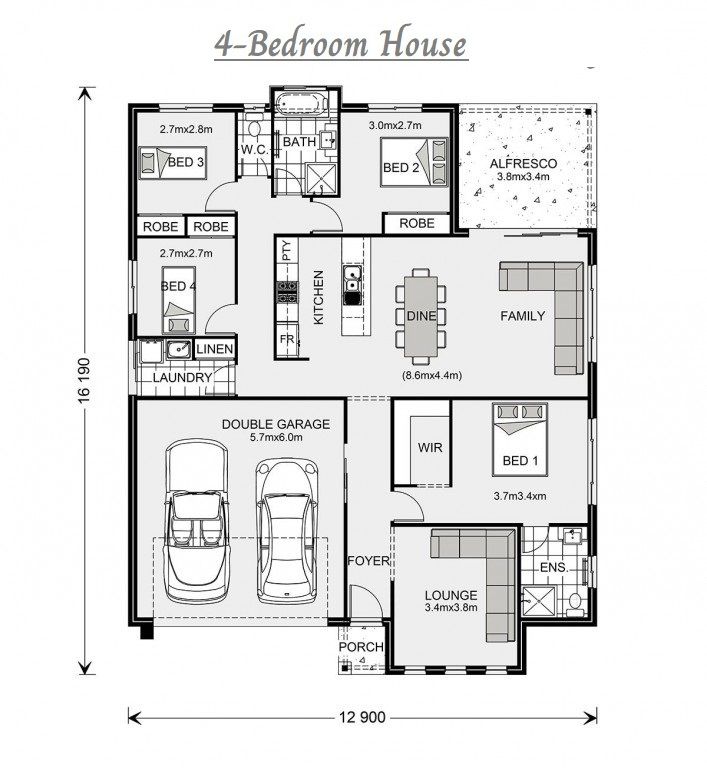
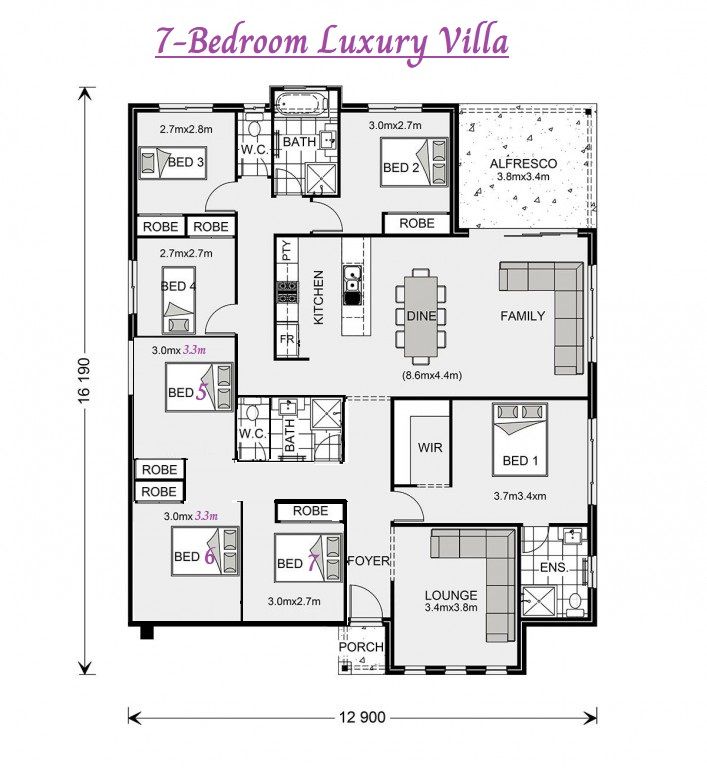
Fine, it's not a real luxury villa, but it's certainly a better use of your money than an attached garage. And in fact, if you skip the extra bedrooms and just build the house without the garage, you'll save enough money to buy an entire car. Think about that. An entire car. Building a garage is like buying a shoebox that costs more than your shoes.
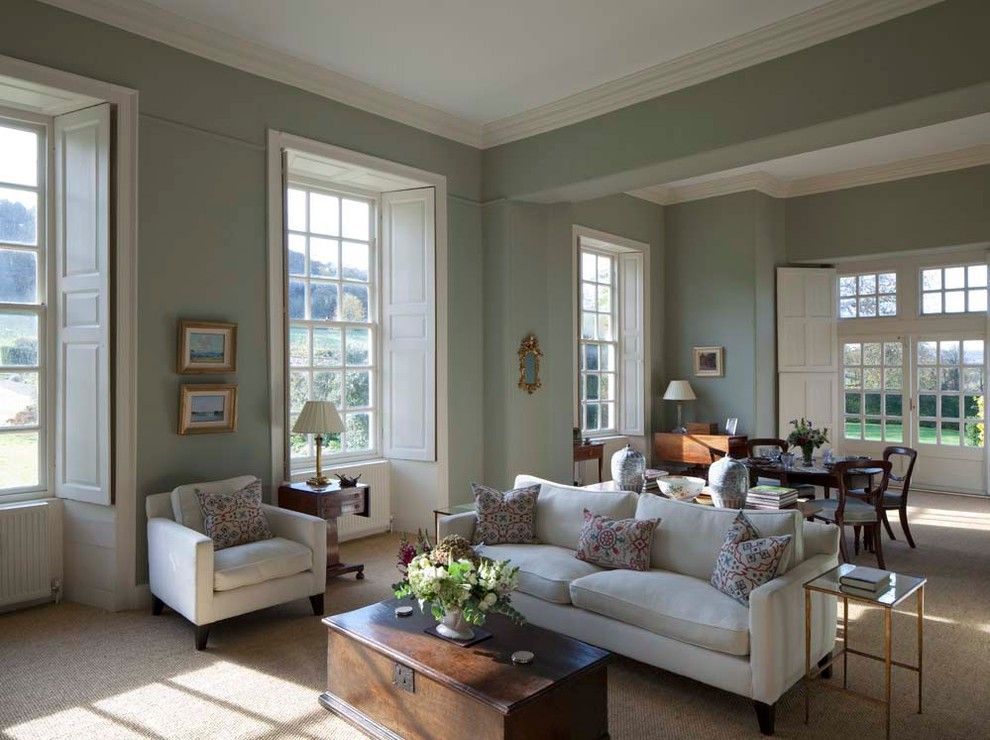
The fact is, we all know the value of finished interior space is much greater than the value of garage space. And on an unconscious level we all recognize that an attached garage's purported practical benefits aren't sufficient to compensate for this gap.
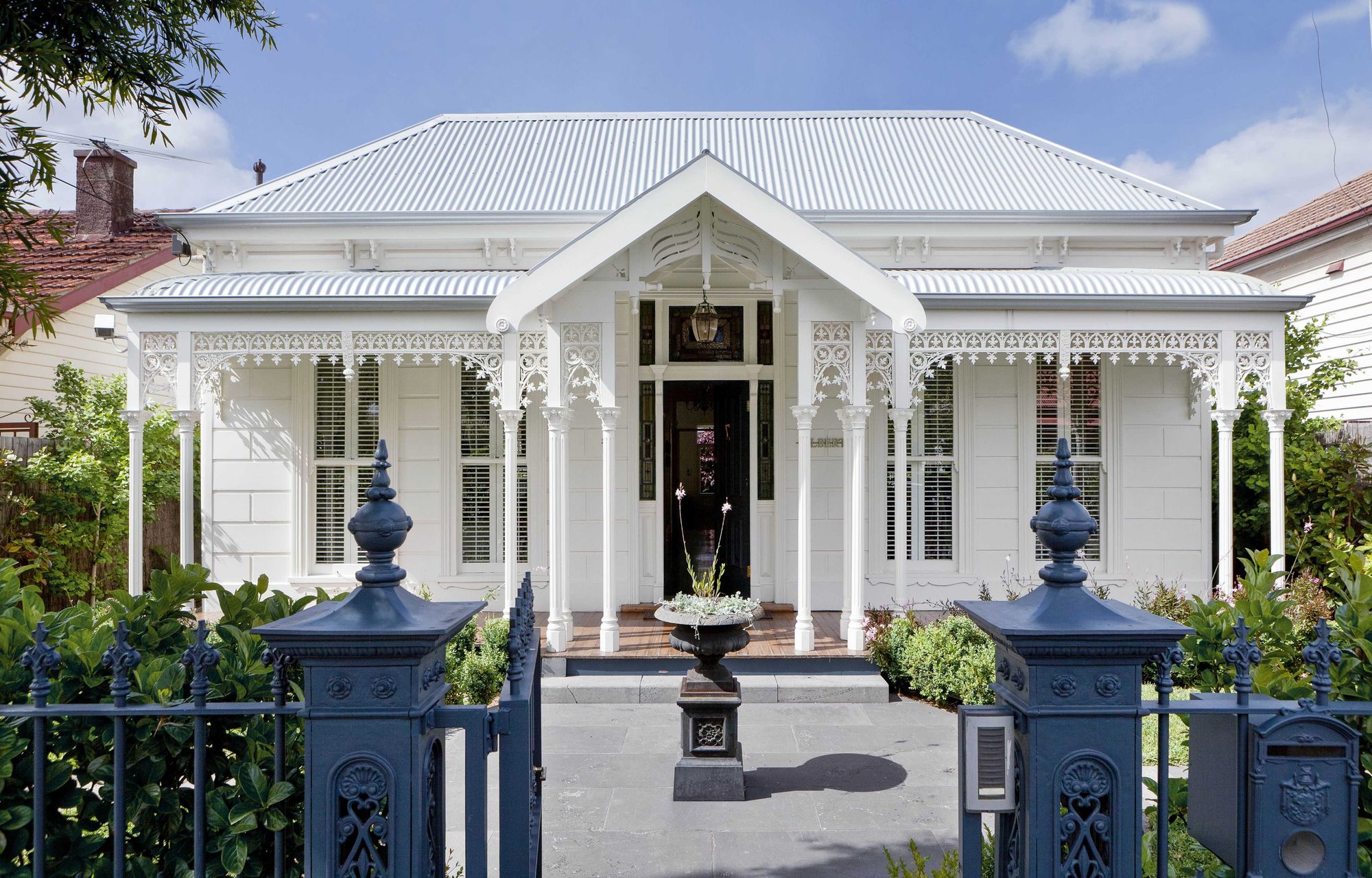
An attached garage, moreover, takes up garden space as well as interior space. That's not just because of the garage itself. Garages come with driveways, and driveways shrink your garden. So when you buy a house with an attached garage you're being robbed twice.
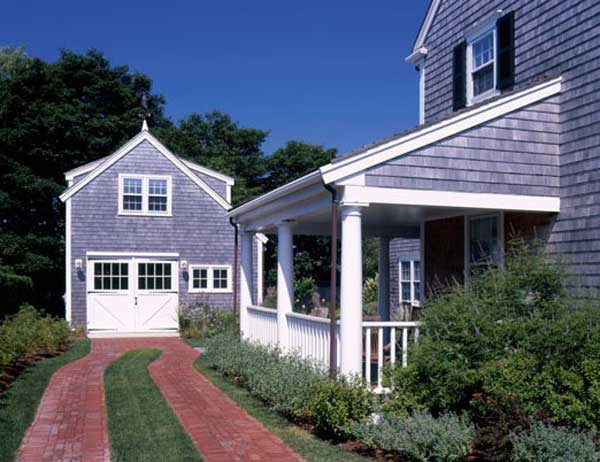
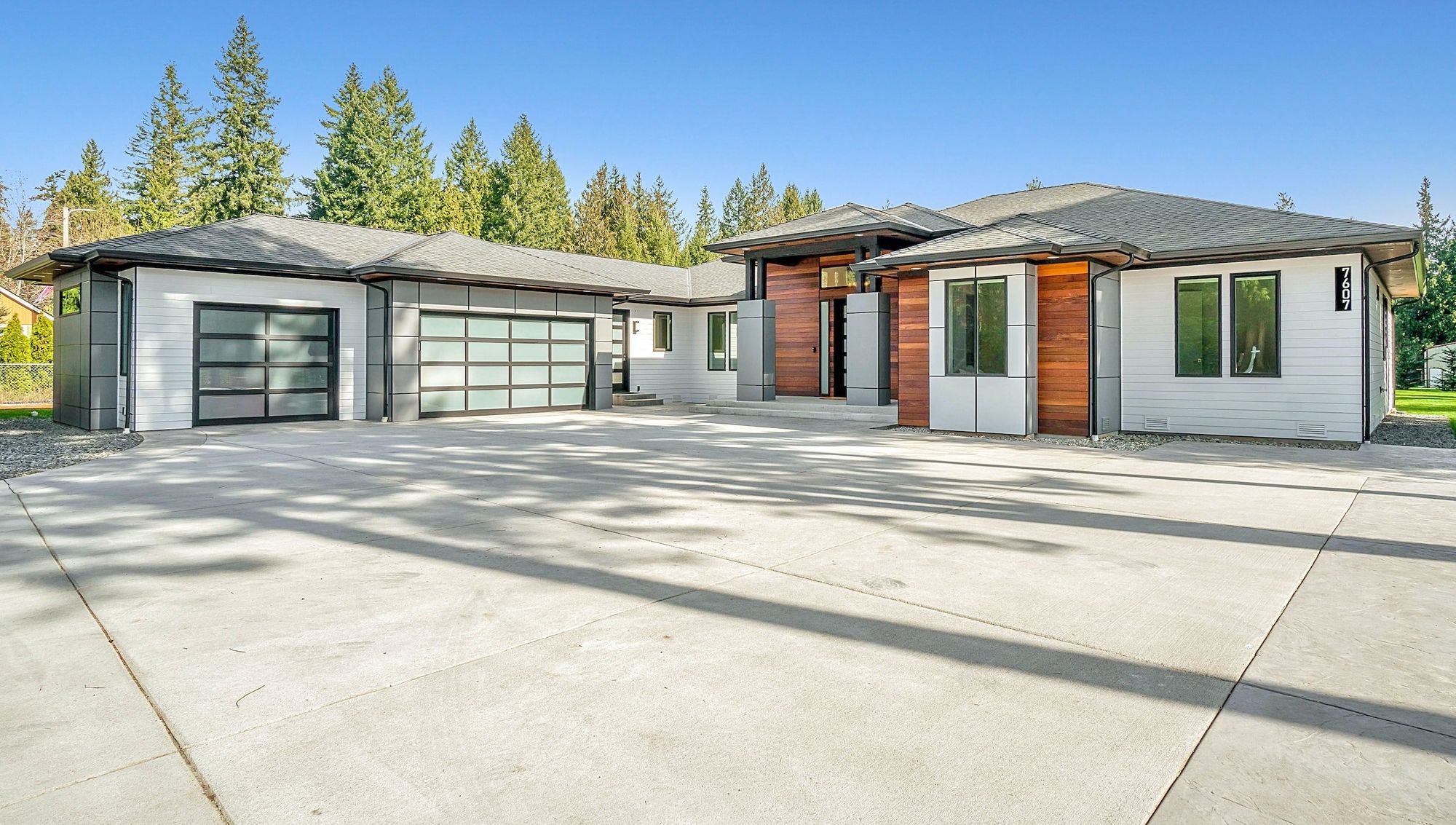

In a world without attached garages no one would even consider filling half or more of his garden with pavement.
If you're short on cash, dear readers, it makes no practical sense to blow money on a room that costs an order of magnitude more than a garden shed and serves no greater purpose. And if you're long on cash and you really want one despite everything I've just said, you should be able to afford a proper detached garage. The wealthy have no excuse for uglifying their environment; and where garages are concerned, the poor have no need to.
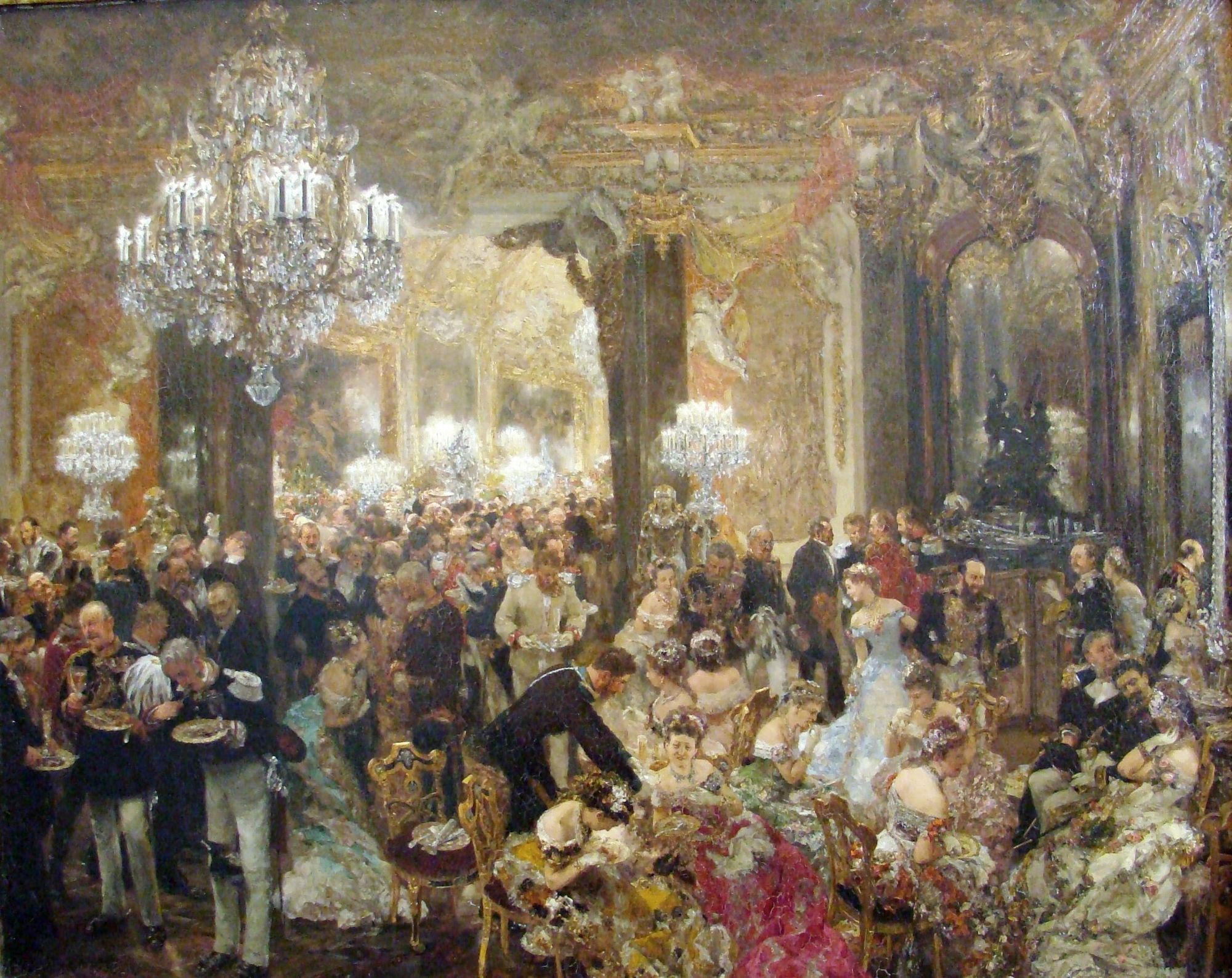
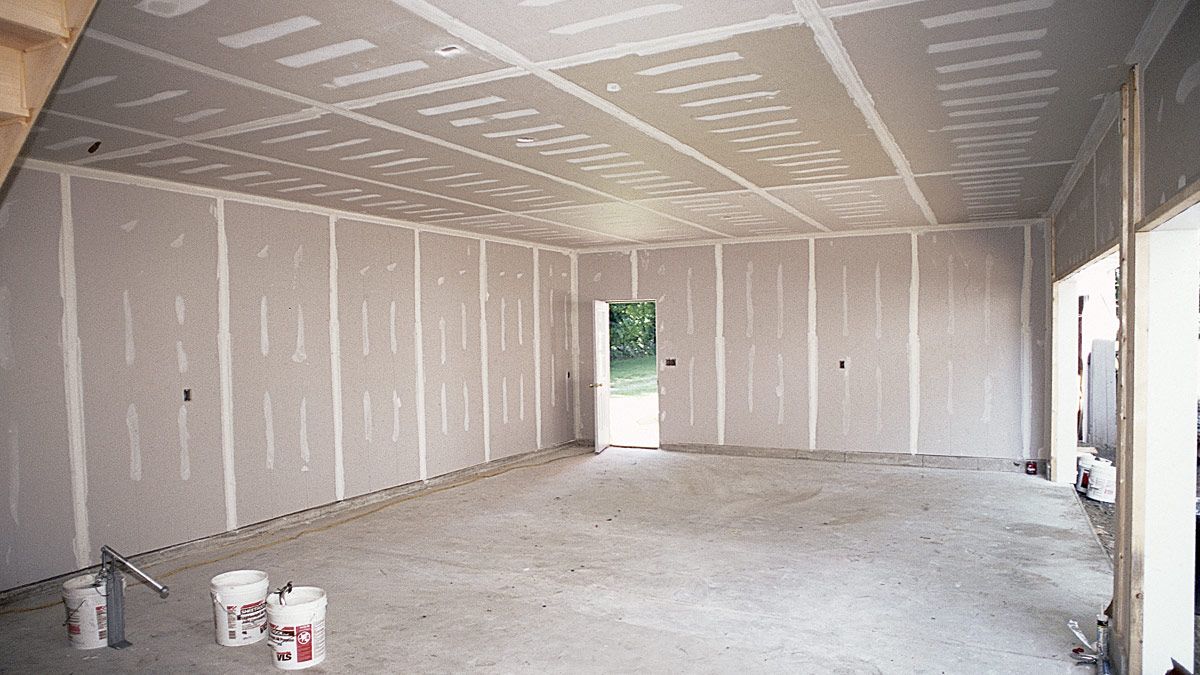

If they'd built a ballroom or a racquetball court in their house people would have dismissed it as wild extravagance. But a giant garage of the same size and cost that serves no real purpose is perfectly normal? Make it make sense.
III. There are superior alternatives to an attached garage.
Thus far I've explained that attached garages are ugly, and that this ugliness isn't justified by any practical payoff or cost savings. To prove my already fairly apodictic argument with absolute solidity, I'll now describe better ways to fulfil the functions an attached garage normally serves.
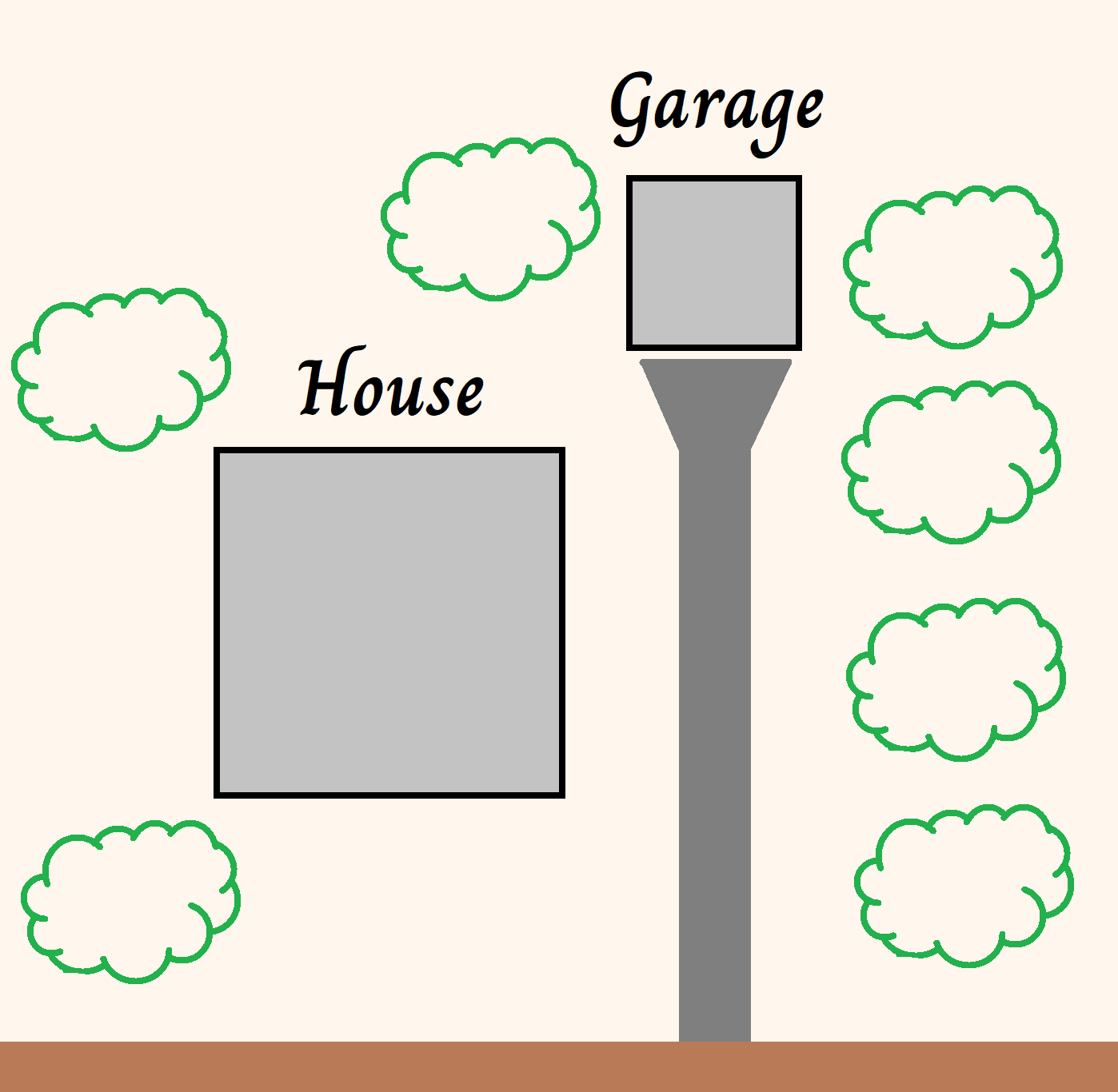
The standard layout for a detached garage.
The simplest substitution for an attached garage is, naturally, a detached garage. Yes, it's the same thing, but it's not attached to your house, and therefore it doesn't ruin your facade or reduce your natural light. In fact, a detached garage can look rather nice. An extra advantage is that you can include a second story apartment above it and use that as a granny flat or study or drum-practice room well isolated from the main house.
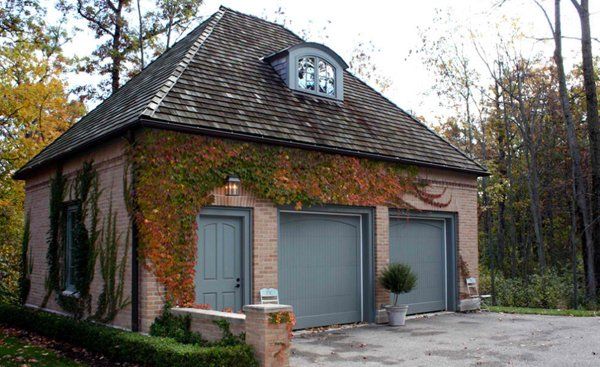
Of course the problem with detached garages is that they require a (modestly) larger plot of land than an attached garage. And they're also more expensive than attached garages, unless corrugated metal suits your location.
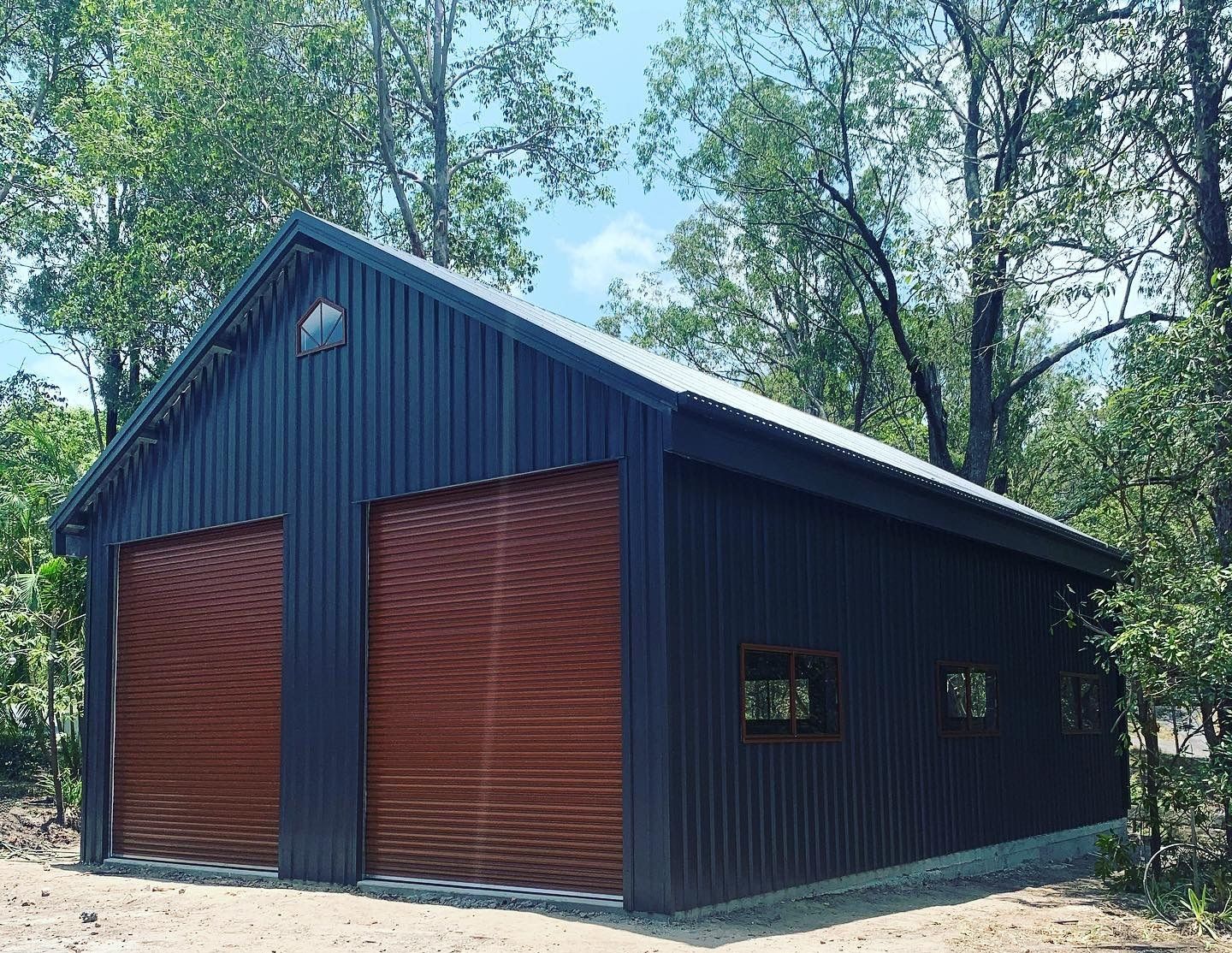
Since the extra expenses that a detached garage entails may be prohibitive for some, I'll now describe how all the functions of a garage can be fulfilled without any garage at all—saving time, money, and space, and improving the aesthetic and functional value of your house at negative cost.
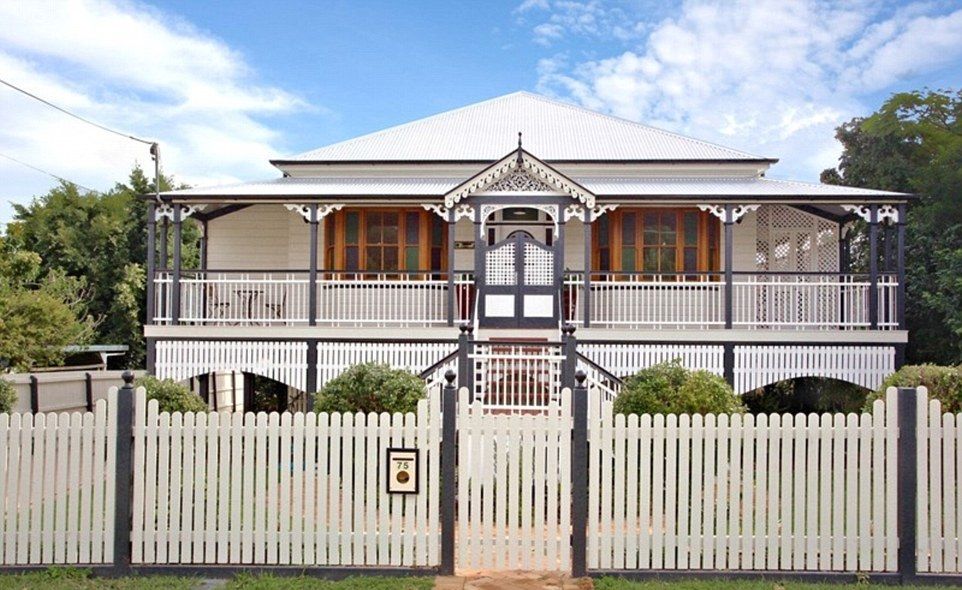
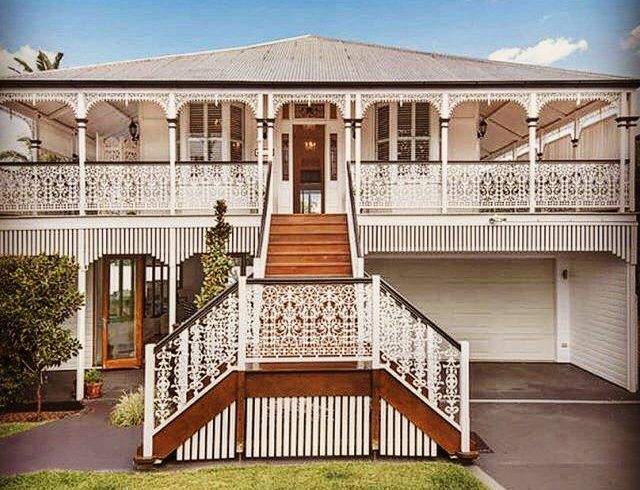
If your house is on stilts it makes sense to park your cars under it. But adding roller doors will still have a deleterious effect. Resist the pressure to turn your underfloor space into a "proper" garage. If you're concerned about security, add a lattice screen instead.
Indeed, the less land and money you have, the less a garage makes sense. Even if you're wealthy and building a big house, a garage is not a necessary thing. Consider instead creating an expanse of pea gravel or clay pavers on which to park your cars, shaded by some pleasant trees.
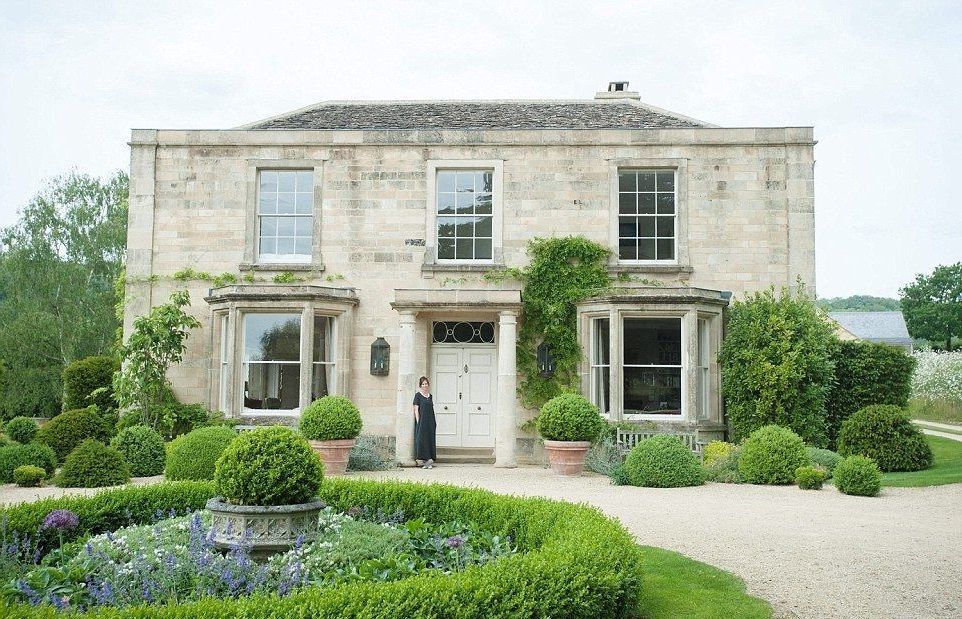
A. Storage
Sheds allow you to store your tools, bikes, and garden supplies without the messy clutter that that tends to accumulate in a garage's dead, shelf-less center. They occupy an unobtrusive corner of your yard and blend into your landscaping. And they come in various forms, some quite inexpensive.
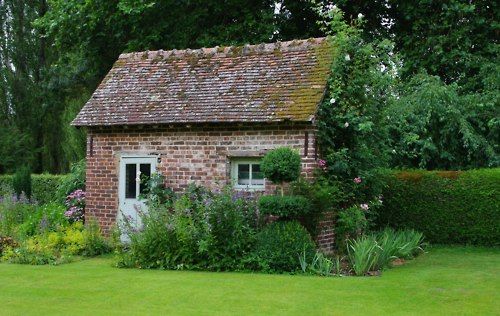
Alternately, you could use some of the space you gain by eliminating your attached garage to create a much smaller walk-in closet or pantry that's designed for storage efficiency. Or, you could build a closet-type storage space that opens to the outside of your house and is accessed from the side of the building—one that's exactly the right size and shape to hold your lawnmower, etc., etc. Garages may have turned into integrated sheds, but they're not especially good for that purpose.
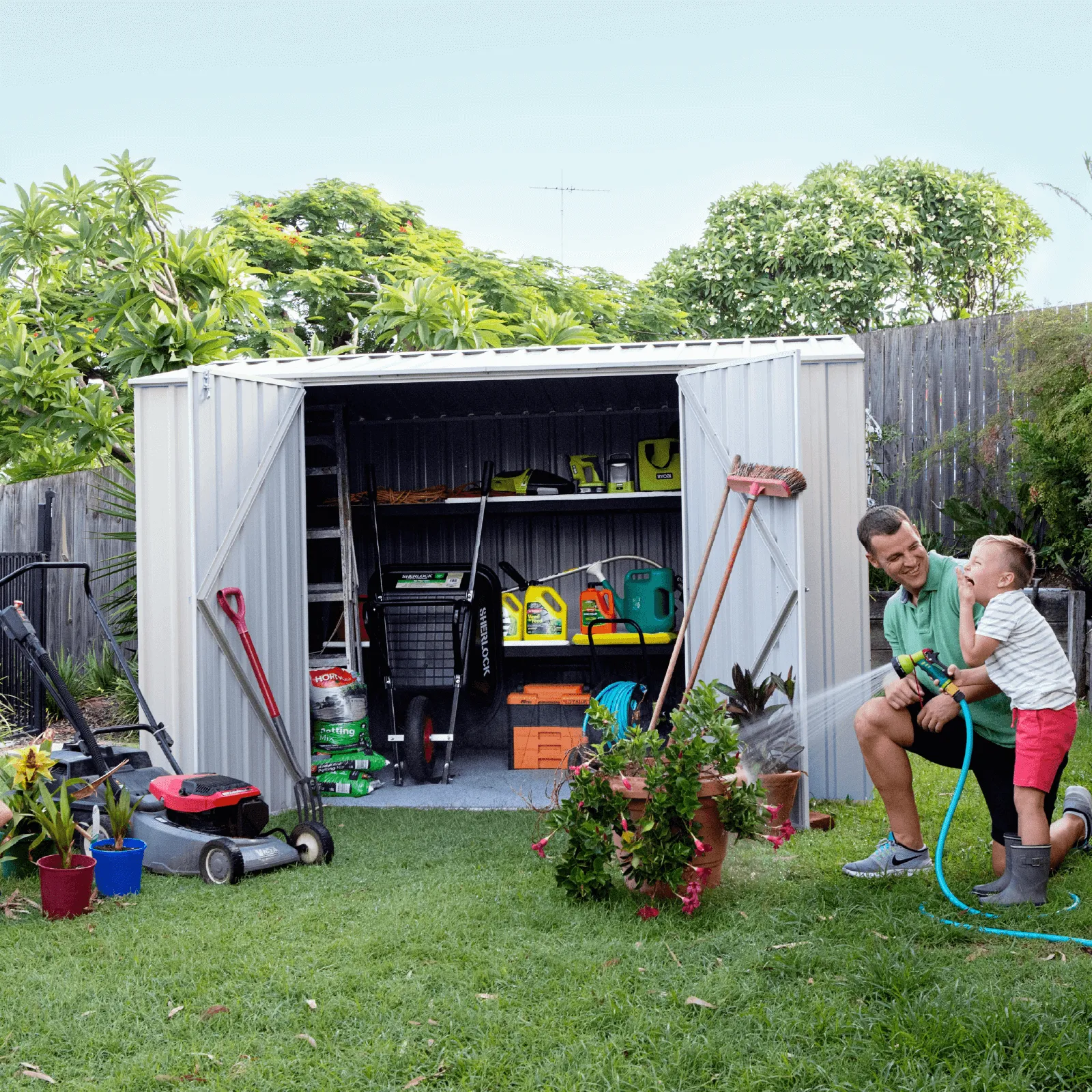
B. Workshops and gyms
There's a much better way to include a workshop or gym in your house than setting up your tools and exercise machines in an attached garage. Brick up the roller doors and turn the same space into a flex room, or two, or three. Finish them with durable floors like polished concrete or sealed brick. And frankly, in most cases a rustic hardwood with a high janka rating would be perfectly sufficient.
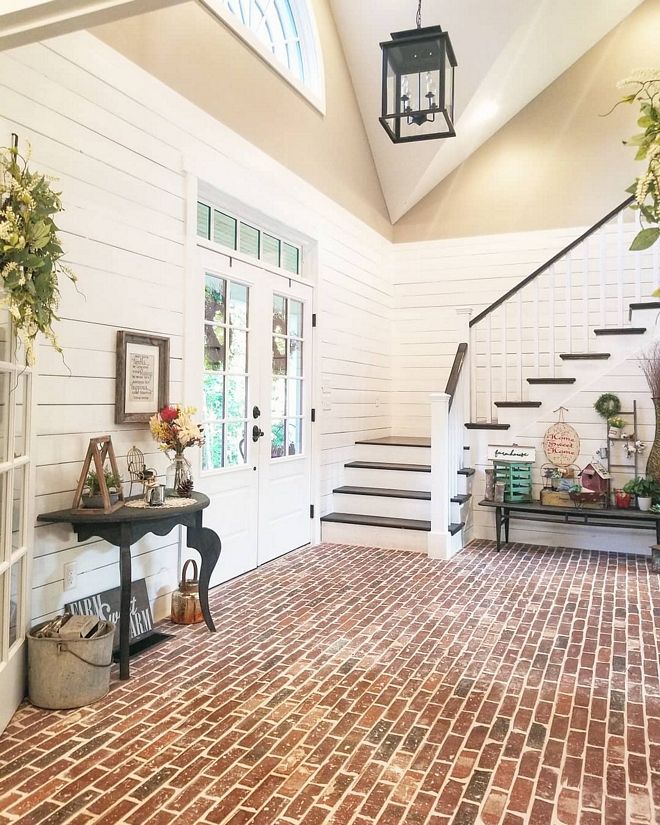
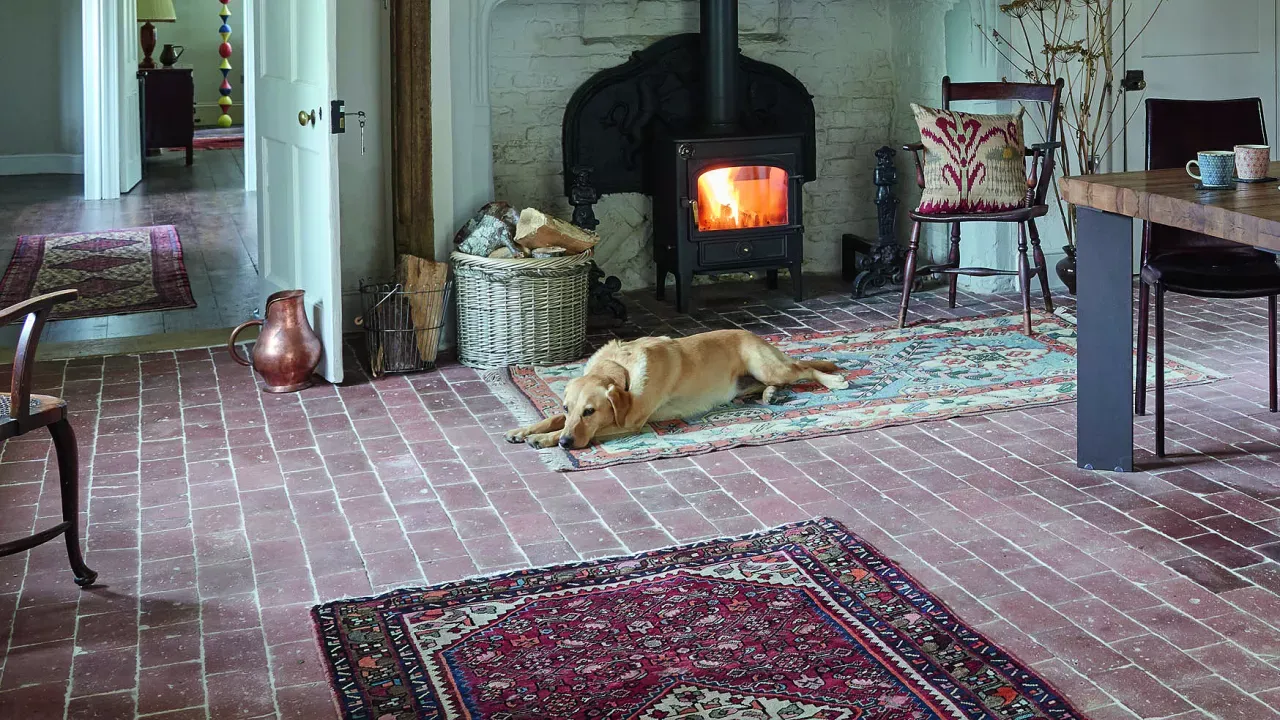
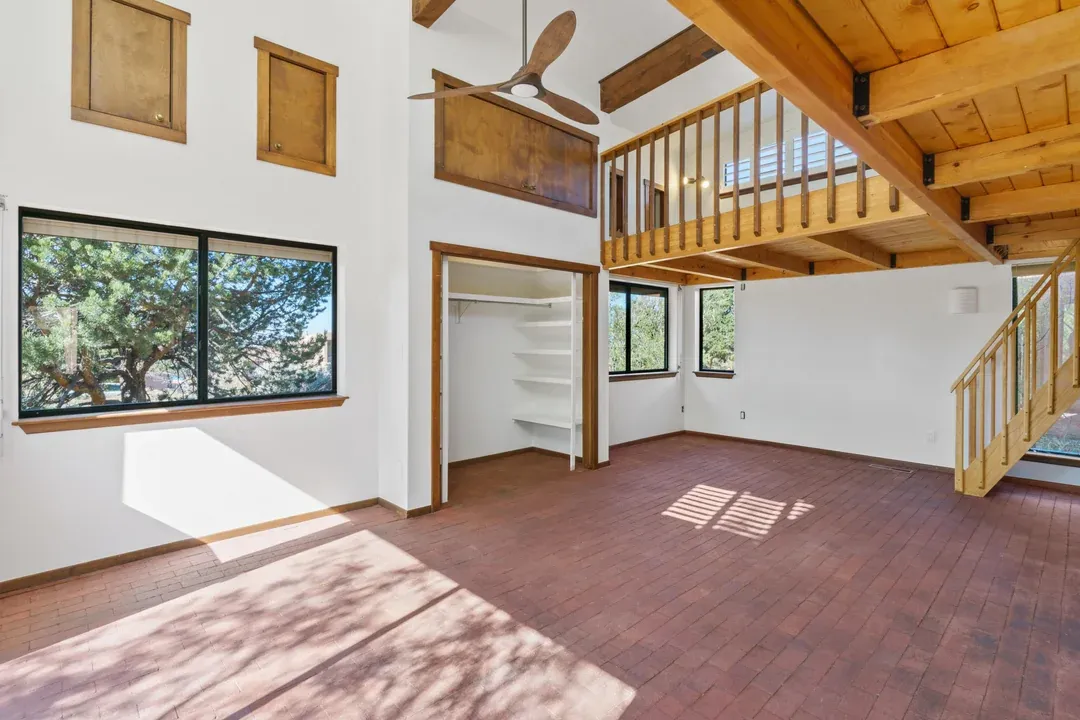
Brick floors are traditionally used in parts of the southern United States and Mexico, and won't be damaged by your equipment.
Polished concrete is cheaper and lower maintenance than brick, can look like terrazzo, and is regularly used for heavy industry. Your gym equipment isn't going to hurt it and detritus or oil from your workshop tinkering will clean up more easily than it will from an attached garage's unfinished concrete floor. You can butcher a heifer or woodchip severed limbs and it will just wipe off.
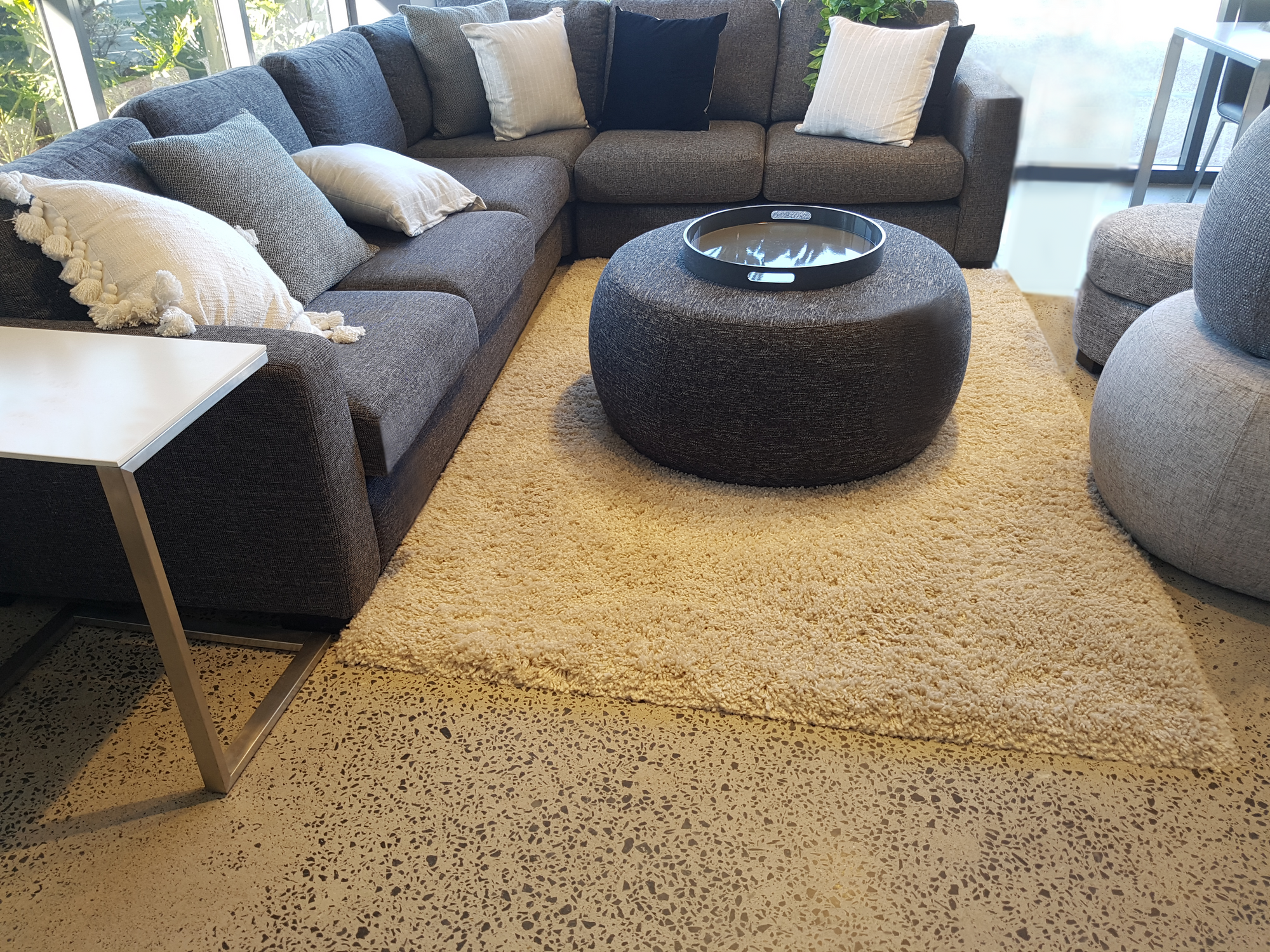
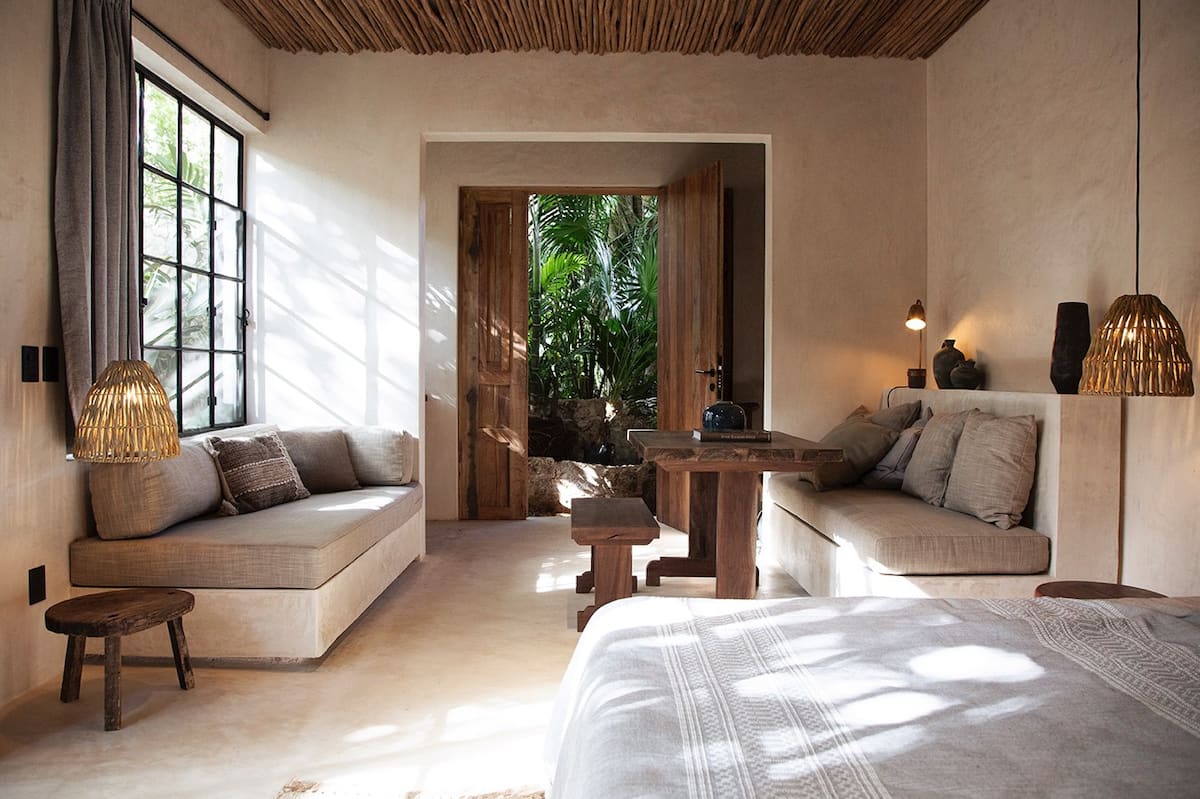
Polished concrete. Not the most charming surface, but practical for heavy use, and better than unfinished concrete in every possible way.
It's a popular choice for commercial gyms, so there's no reason to think it wouldn't serve well in a home gym.

As a special benefit, once you've finished the floor you can spread some fluffy rugs and turn your new flex room into a lounge or bedroom any time you want to. You can't do that with a garage.
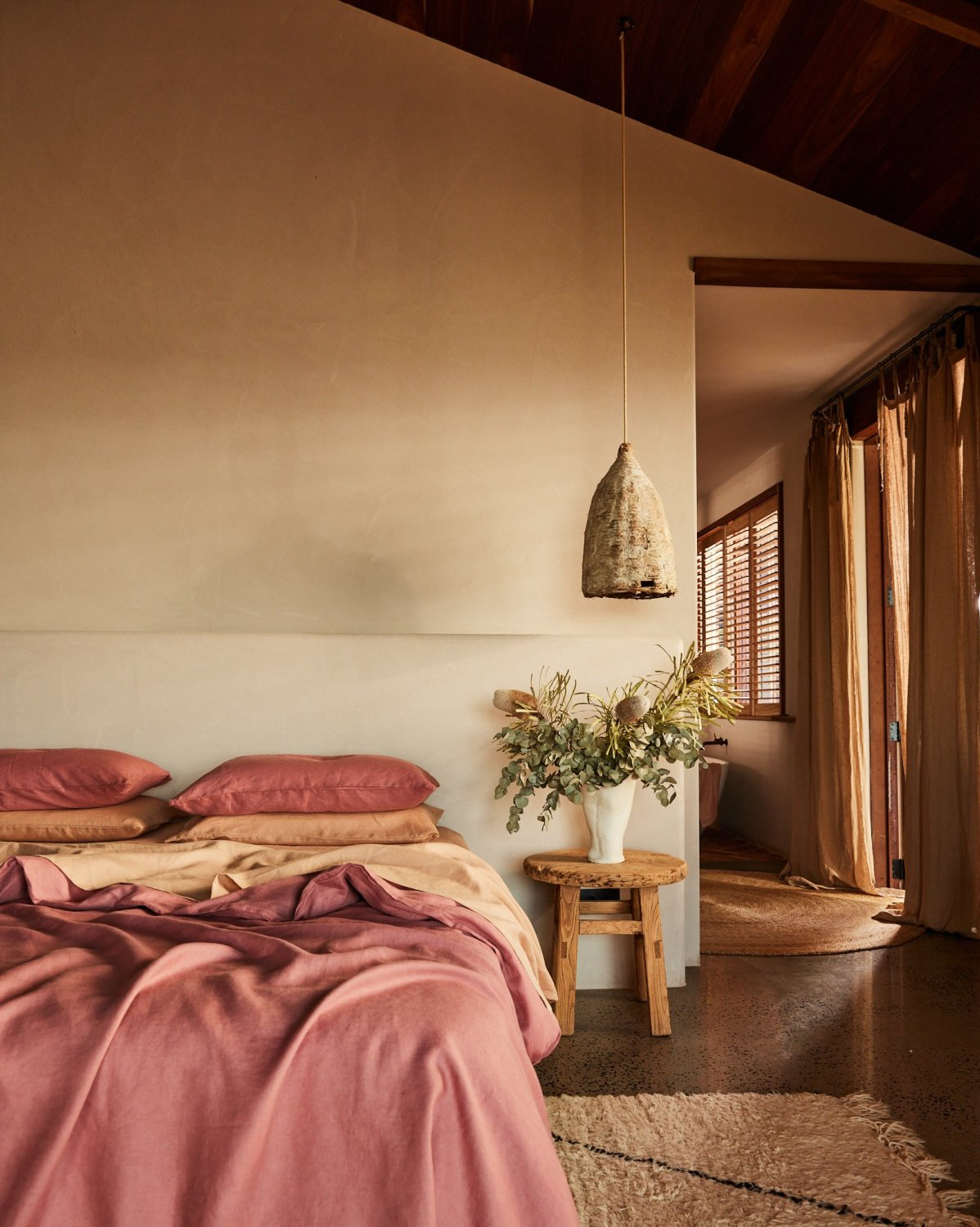
Fluffy rugs and linen fabrics humanize polished concrete.
C. Cars
A garage is actually good at only one thing: sheltering your car. The thing is, you don't need to shelter your car! Really. You don't. Buying a garage for your car is like buying a holster for your car keys: a waste of time and money. Your car is perfectly fine outside.
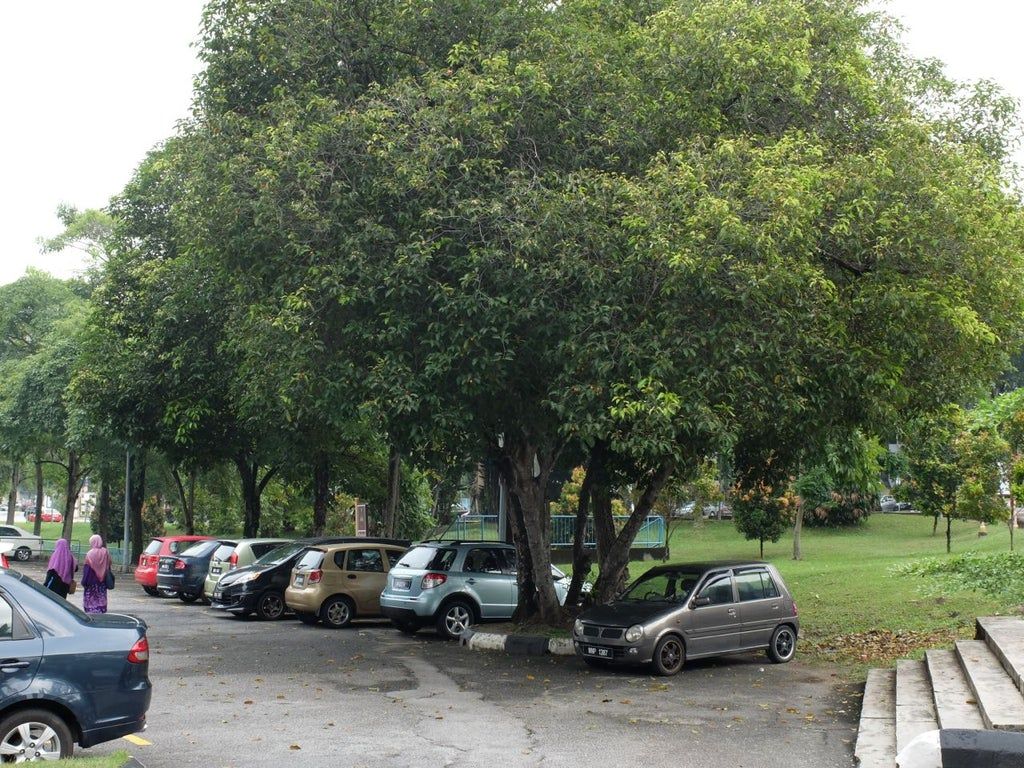
If you want to shade it, plant a tree. And if you're worried about rain ruining your hairspray on the way out, there's another technology I can recommend.

If you hate trees or have frequent hailstorms in your area, build a carport alongside your house. A carport is cheaper and much less unsightly than an attached garage. You can access it from a covered side door and avoid all but the strongest driving rain.
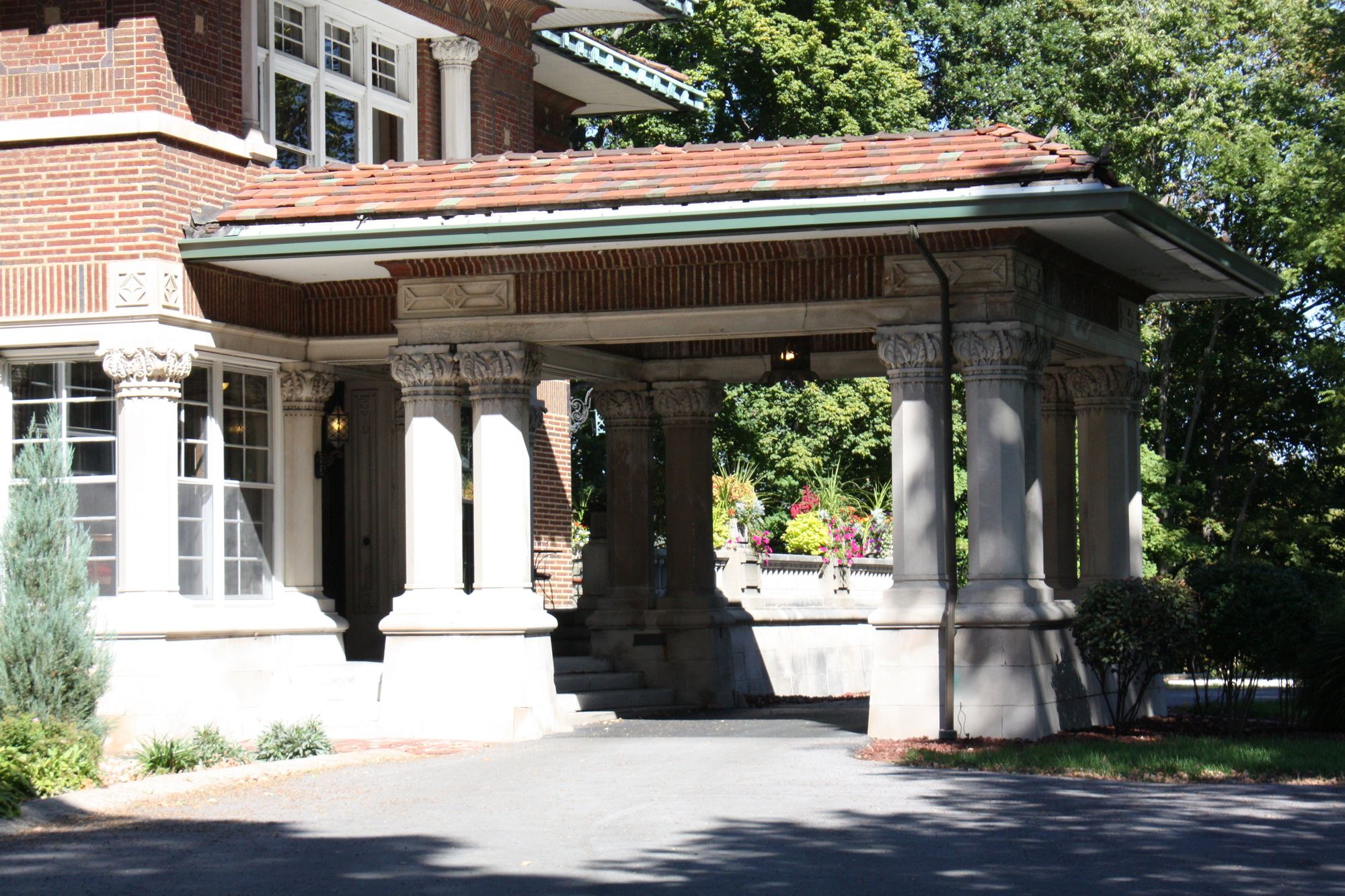
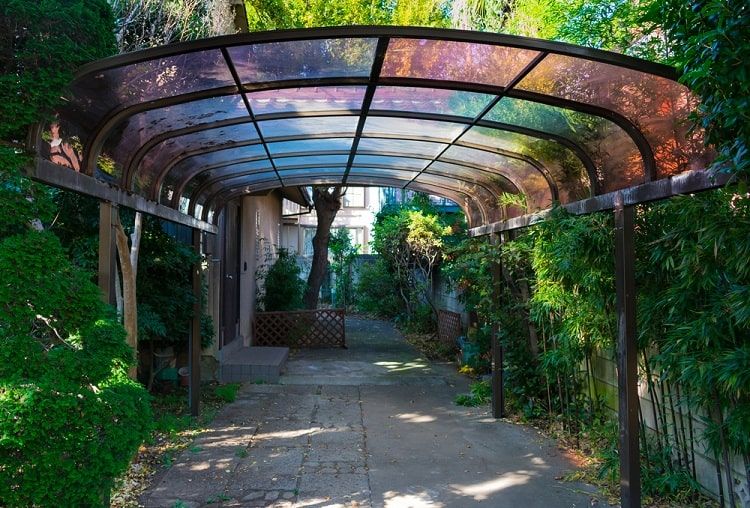
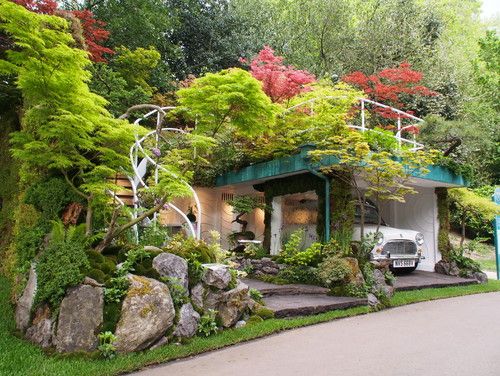
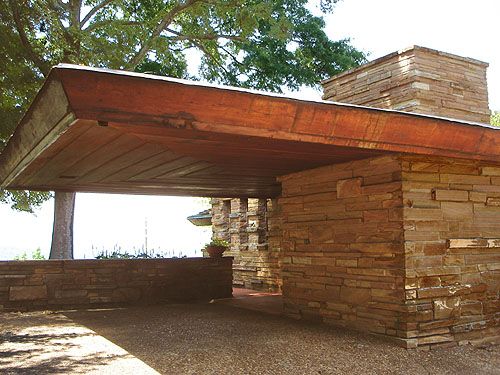
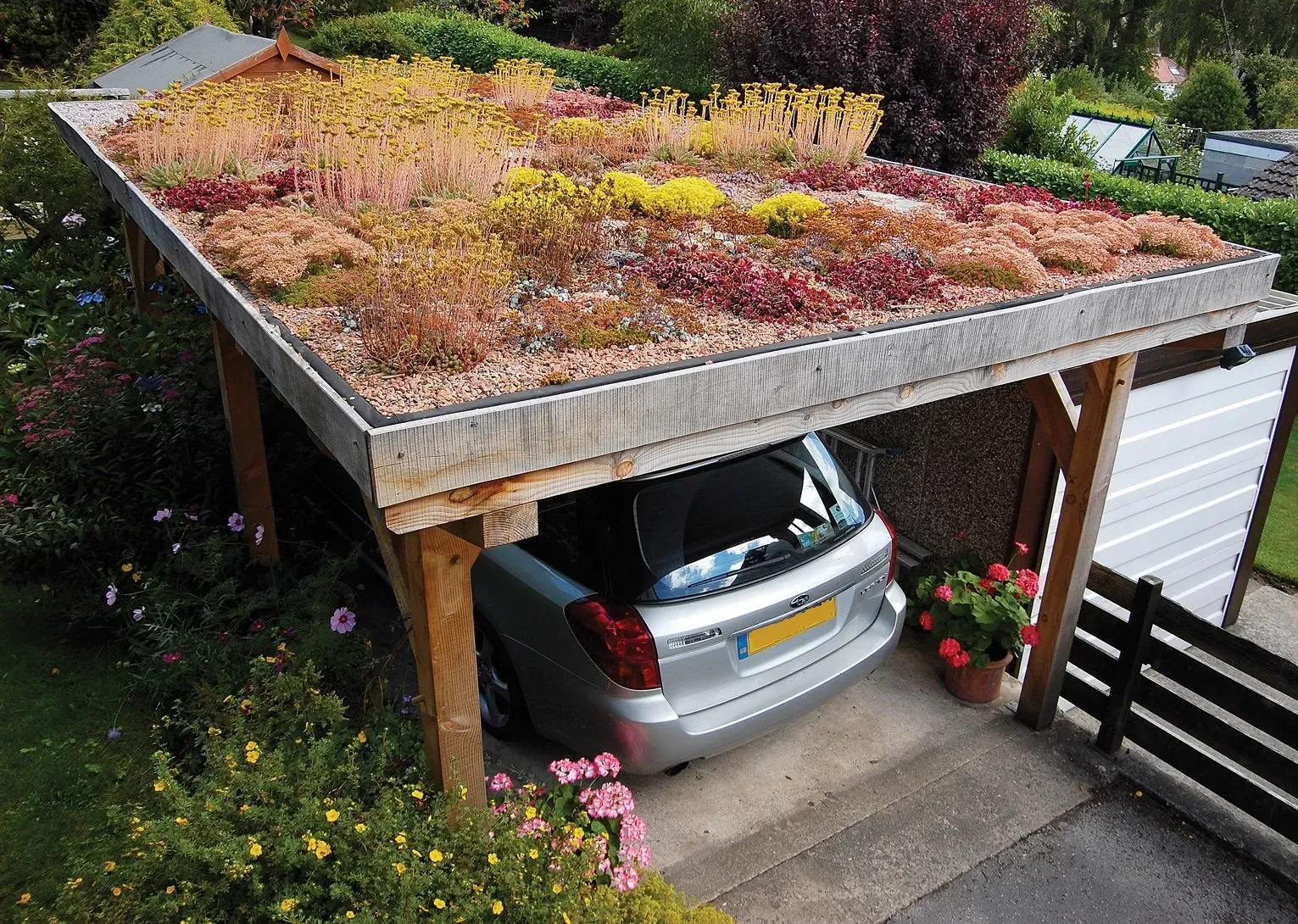
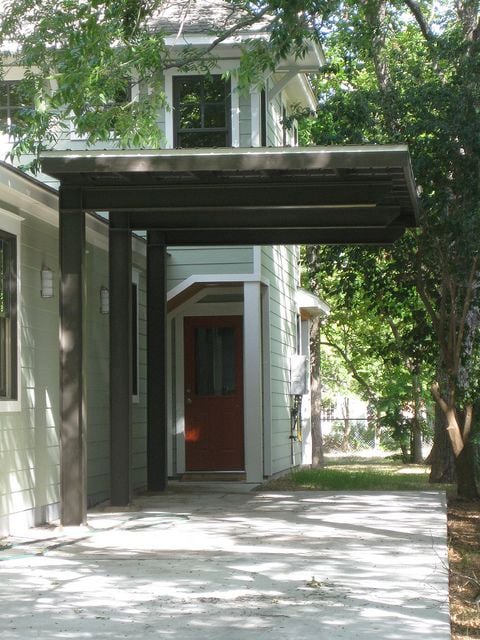
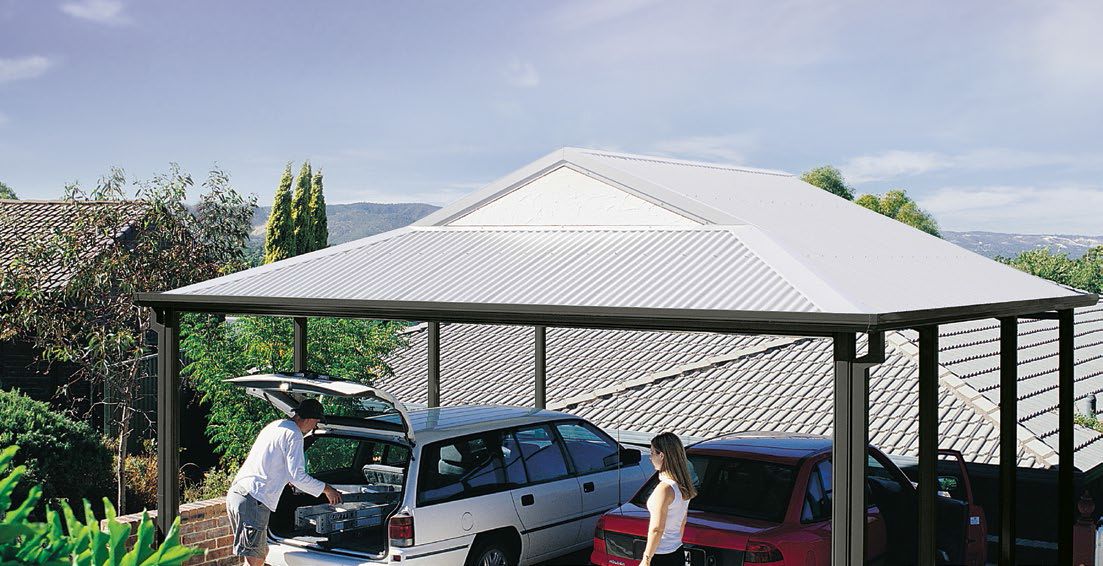
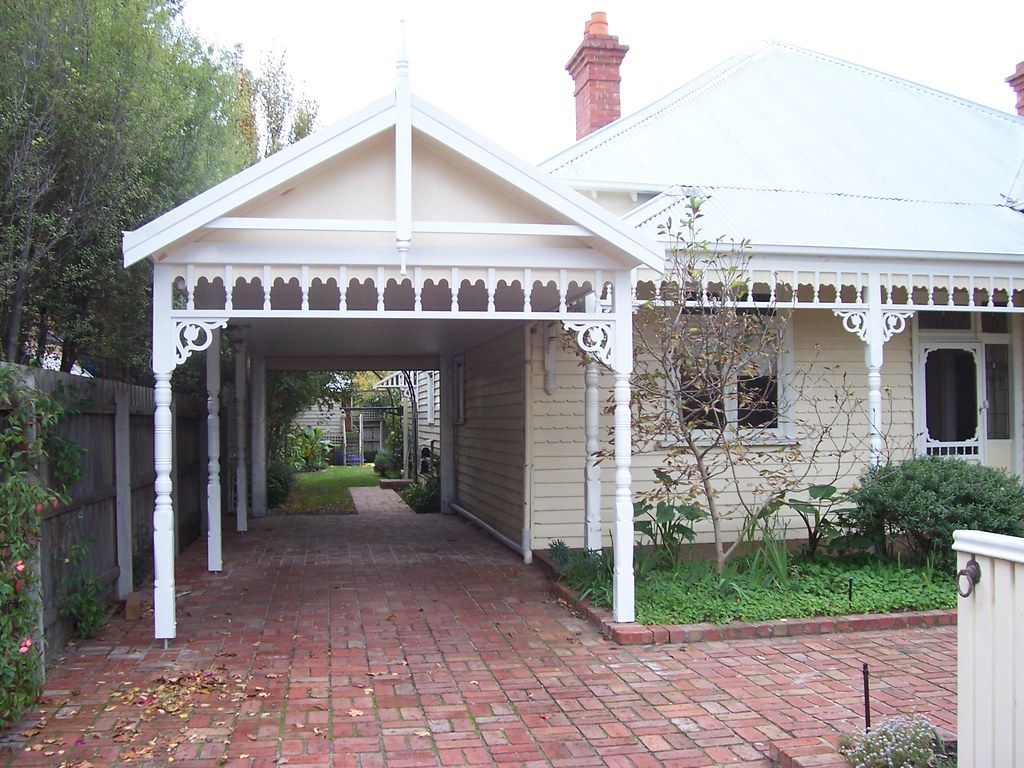
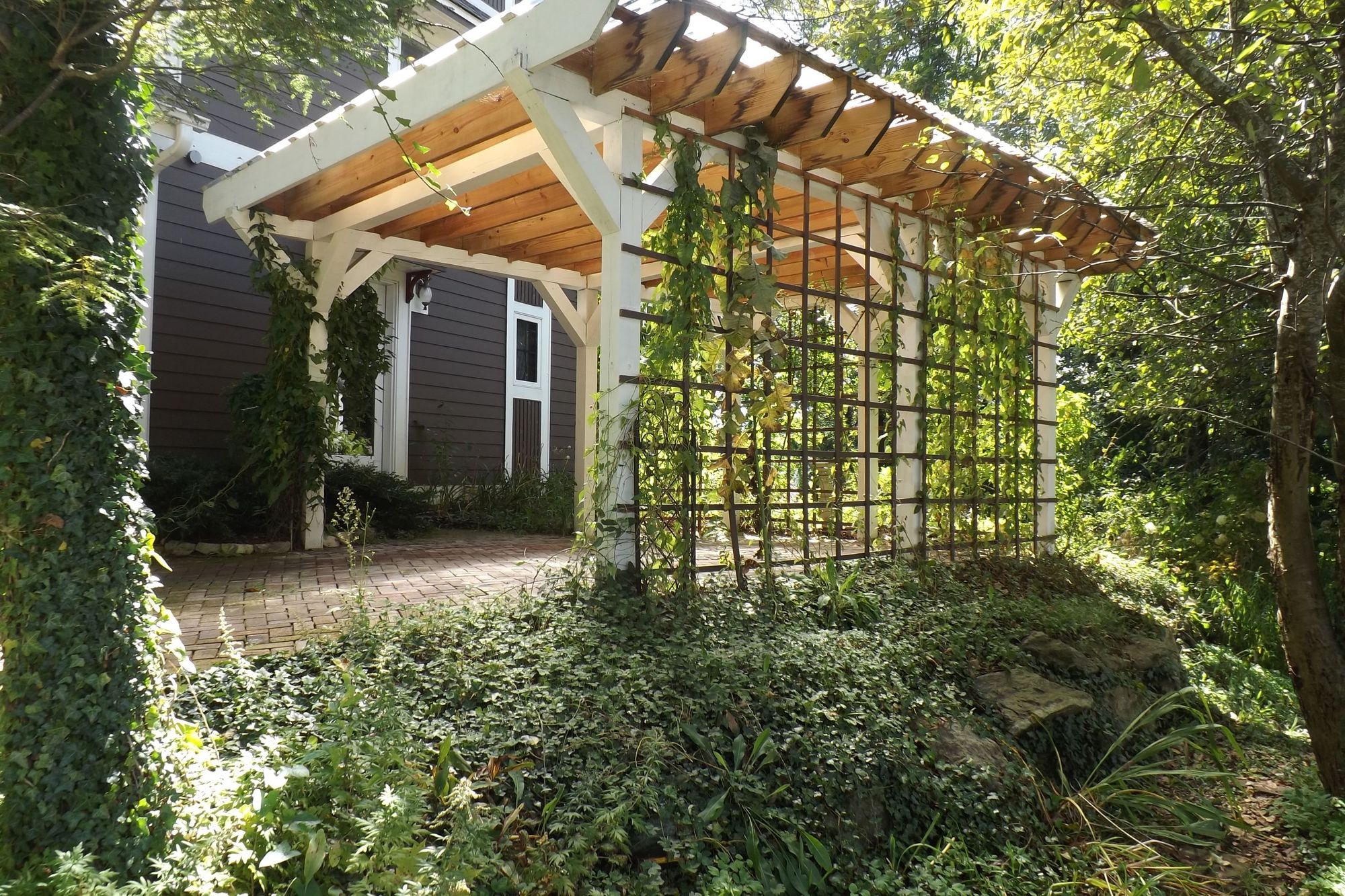
Carports can be built for all styles and budgets.
Some people make a hobby of tinkering with their cars and want to do it indoors in a climate-controlled space. But many more people make a hobby of playing an instrument or a sport. It would be very silly if every house had a built-in piano and every yard had a putting green just because these would benefit a few hobbyists. By the same token, there's no reason why every house, or even most houses, should have an attached garage just because a handful of people enjoy car repair.

I'm told there are parts of Canada where the weather is so cold your car simply must be kept in a heated, attached garage or its fluids will freeze. Fair enough. If you can see the northern lights you have a free pass to build an ugly house.

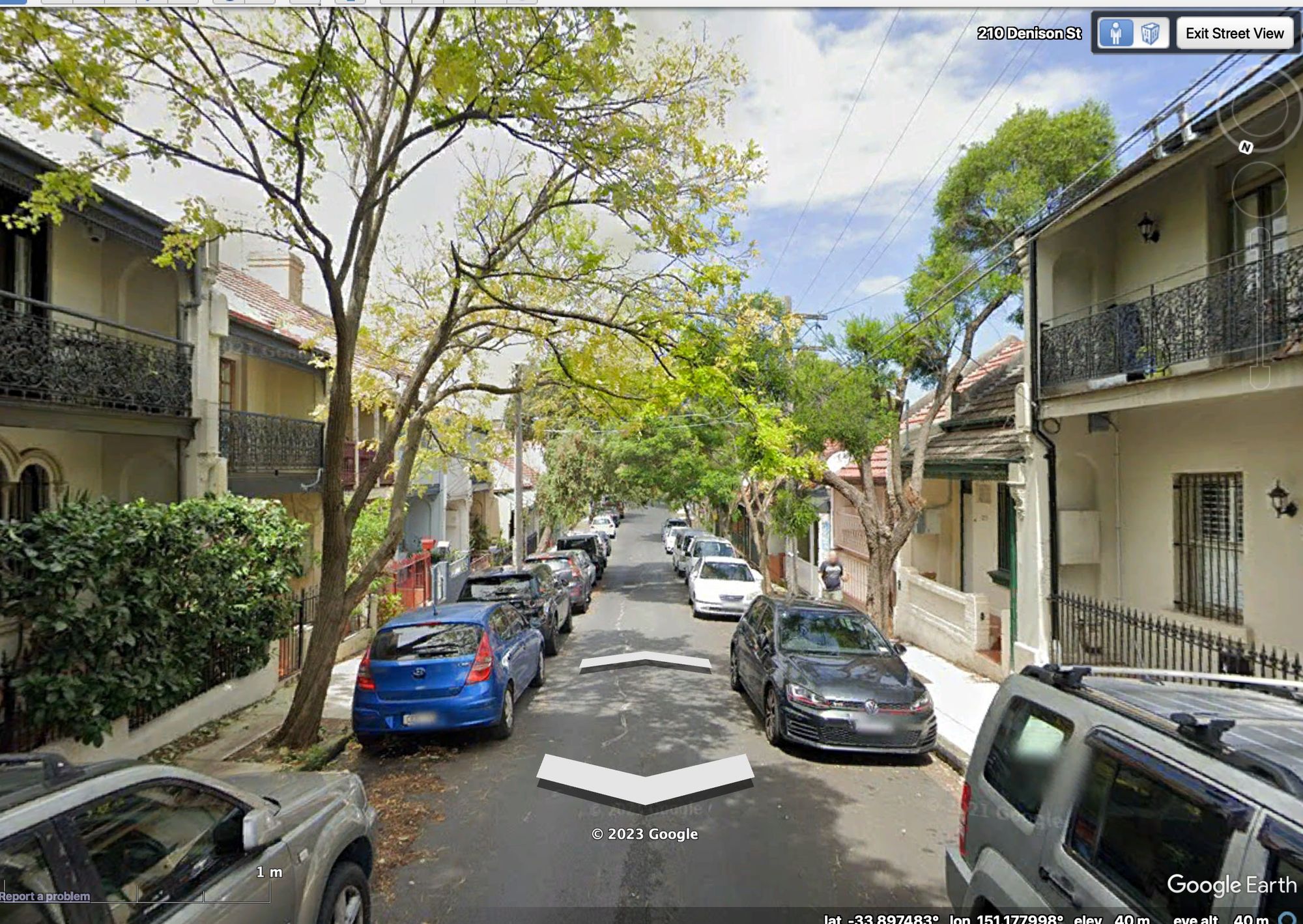
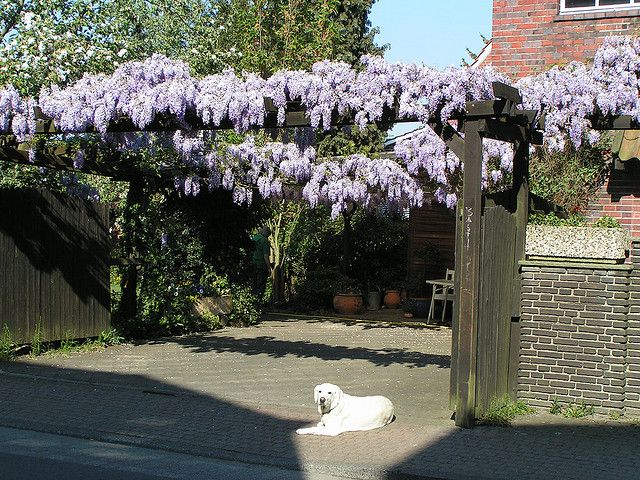
Conclusion
Attached garages are an ugly, inefficient blight on the residential landscape. But thanks to this emergency public service announcement, their day is done. Brick up your roller doors or sell before your resale value goes to hell—but whatever you do, don't build an attached garage on your next house. Please.
Oh, and go share this manifesto with those who need it most.
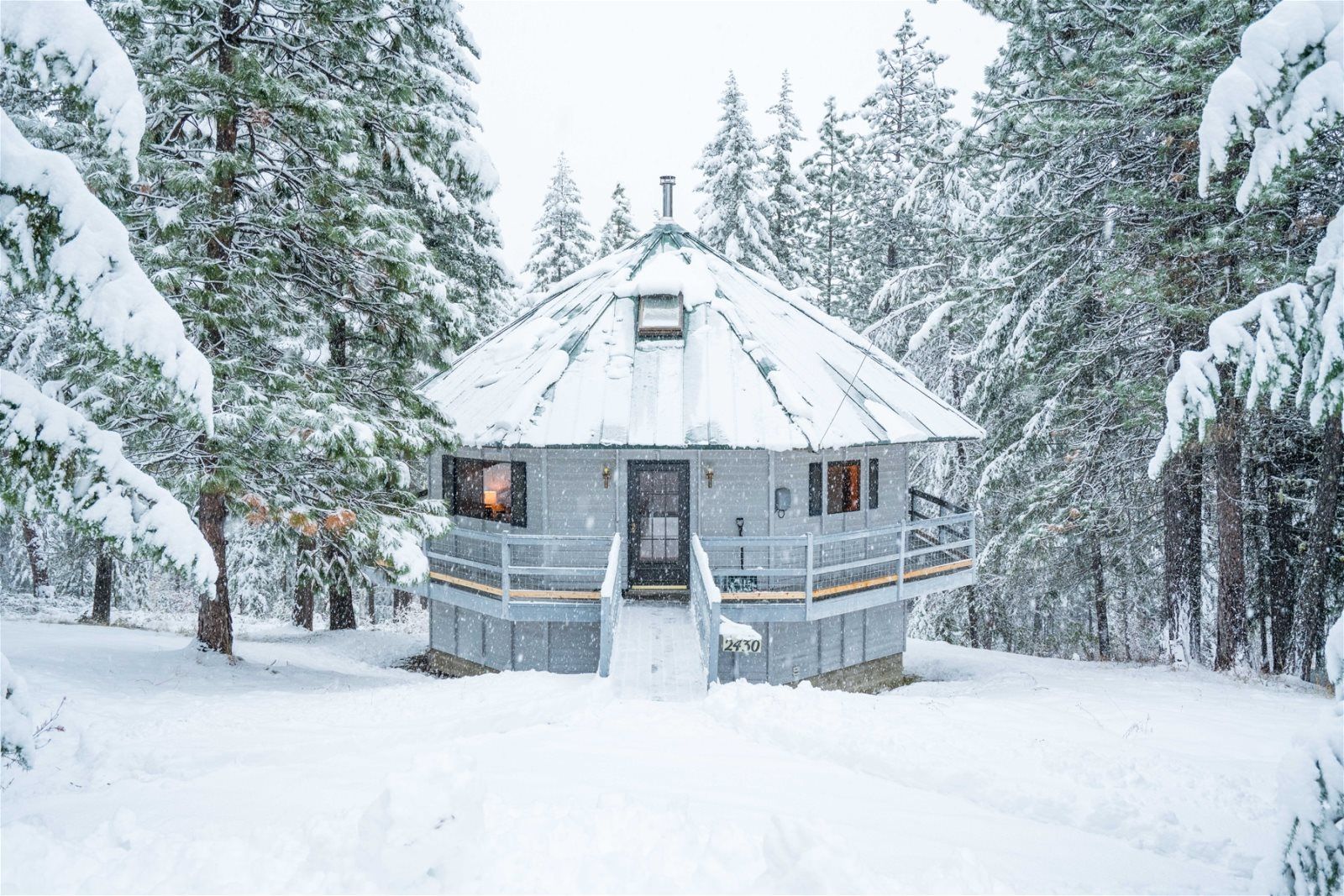
More writing by J. Sanilac
GIMBY – a movement for low-density housing
Trust Networks – how we actually know things
Dispelling Beauty Lies – the truth about feminine beauty, including practical advice for women
101 Ways To Be Prettier, Sexier, and More Seductive - simple tips for fast results
Ultrahumanism – a middle path through the jungle of modern and future technology
A Pragmatical Analysis of Religious Beliefs – are pragmatism and belief opposites?
Against Good Taste – aesthetics and harmful social signaling
Critique of the Mind-Body Problem – it's not solvable
The Illusion of Dominance – why the redpill is wrong
The Computer-Simulation Theory Is Silly – GPWoo
Milgram Questions – what they are and how to call them out
Amor Fatty – how an obesity cure will end the body positivity movement
How to Seduce a Billionaire – 100% guaranteed* method.
Ailom – how AI permanently makes everything less meaningful